This visual guide to gemstones provides a wealth of information about gemstones and minerals plus the different types of stones that are used in jewellery making. As well as providing details about gemstone properties, including gemstone care, gemstone characteristics, gemstone composition, gemstone colour variations, gemstone hardness, gemstone names, and global sources, this gemstone chart aims to provide a brief outline of gemstone history in jewellery making. In addition it aims to provide more subjective information relating gemstone meanings and their role as birth, anniversary and zodiac stones, and as such the gemstone therapeutic properties and healing qualities that have been attributed to them.
To allow for the continuing growth of this gemstone and minerals dictionary it has been presented in two cross referenced sections A to J and K to Z. A helpful jump to tool has been presented at the top and bottom of this gemstone guide to help you find the information you need quickly and efficiently.
It should not be seen as an exhaustive list of gemstones or minerals! However it should go some way to helping you in identifying gemstones and understanding what is a gemstone.
The difference between natural, synthetic, and simulated gemstones
Natural: As their name suggests, natural gemstones are those that occur in nature. Since natural gemstones are often far from perfect when it comes to colour or clarity, these features are often enhanced by using heat, chemicals, irradiation, or laser treatment.
Synthetic: Contrary to what many people think, synthetic gemstone does not mean fake. Synthetic or reconstructed gemstones are created in a laboratory under high pressure by using the same compounds that make up natural gemstones. They are identical to their natural counterparts in terms of chemical composition and physical properties.
Simulated: Simulated gemstones are made of glass or resin and resemble the appearance of a natural gemstone but do not have the same chemical and physical properties.
Jump to section: K L M N O P Q R S T U V W X Y Z or A to J
K
KYANITE

-
Gemstone Physical Composition: Kyanite is a polymorph with two other minerals: andalusite and sillimanite. A polymorph is a mineral that shares the same chemistry but a different crystal structure with another, or other, minerals. Crystals are flat, pinacoid dominated, and prismatic often embedded in metamorphic rocks and quartz veins.
-
Gemstone Physical Characteristics: Kyanite has a nearly unique characteristic in that it has a wide variation in hardness in the same crystal face. The hardness of kyanite is approximately 4.5 when scratched parallel to the long axis of the crystal and approximately 6.5 when scratched perpendicular to or across the long axis. It has a vitreous to almost pearly lustre and is transparent to translucent.
-
Gemstone Colour Variations: In its perfect form it has a near sapphire like blue colour but can also be white, grey or green. Colour is often not consistent throughout the crystal and can be blotchy or in streaks.
-
Gemstone Sources: Brazil, India, Kenya, Russia, Serbia, Switzerland, and the United States.
-
Gemstone Hardness: 4.5 to 6.5 on Mohs Scale of Hardness.
- Gemstone History:
-
Gemstone Uses: Manufacture of spark plugs and as mineral specimens and beads.
- Gemstone Care:
- Gemstone Therapeutic Properties:
-
Birthstone: n/a.
-
Zodiac Sign: n/a.
L
LABRADORITE

-
Gemstone Physical Composition: Labradorite is a catch all term for a sodium rich variety of plagioclase feldspar found in igneous or metamorphic rocks.
-
Gemstone Physical Characteristics: A dull stone in the rough that takes on a metallic lustre and sheen when polished. When light hits labradorite from a particular angle it can display striking rainbow coloured reflections known as schiller.
-
Gemstone Colour Variations: Stones usually have a light green-grey base but may contain orange, yellow, or red.
-
Gemstone Sources: Canada, Finland, Norway, and Russia.
-
Gemstone Hardness: 6 on Mohs Scale of Hardness.
-
Gemstone History: The original source for this stone was St. Paul in Labrador, Canada as early as 1770.
-
Gemstone Uses: Stones that show a play of colour, or schiller, is the most popular for use in jewellery.
- Gemstone Care:
-
Gemstone Therapeutic Properties: Keeps one centred. Brings joy, kindness and good fortune. It is said to be beneficial for healing infections.
-
Birthstone: n/a.
-
Zodiac Sign: n/a.
LAPIS LAZULI

-
Gemstone Physical Composition: Lapis Lazuli is a semi-precious stone prized since antiquity for its intense blue colour and inclusions that shine like stars. It is composed of grains of several blue minerals, including lazurite and sodalite. This complex, opaque gemstone additionally has a matrix of calcite and speckles of pyrite giving it a distinctive fluorescence. The rich blue colour is due to the sulphur inherent in the structure of lazurite.
-
Gemstone Physical Characteristics: The composition and colour of lapis lazuli varies, but it is the intense dark blue, with minor patches of white calcite and brassy yellow pyrite, that is considered to be the best quality.
-
Gemstone Colour Variations: Royal blue to Denim blue
-
Gemstone Sources: Afghanistan, Angola, Argentina, Canada, Chile, Pakistan, Russia, and the United States.
-
Gemstone Hardness: 6 on Mohs Scale of Hardness.
-
Gemstone History: Its name is a combination of the Latin word lapis or ‘stone’ and the Arabian name azul meaning ‘blue’.
- Gemstone Uses:
-
Gemstone Care: It is polished with paraffin wax.
-
Gemstone Therapeutic Properties: Attracts good fortune whilst bringing inner peace, tranquility, and happiness. It heightens concentration, clarity and instinct. Promotes success in love matters. Encourages cheerfulness, self-confidence and provides sense of general well being. Helps during times of mourning. Releases tension or anxiety and in turn aids sleep. It is said to activate the thyroid gland, benefit blood circulation, childbirth, digestion and feminine discomfort.
-
Birthstone: September (Understanding, protection).
-
Zodiac Sign: Sagittarius.
LAVA STONE

- Gemstone Physical Composition:
- Gemstone Physical Characteristics:
- Gemstone Colour Variations:
- Gemstone Sources:
- Gemstone Hardness:
- Gemstone History:
- Gemstone Uses:
- Gemstone Care:
- Gemstone Therapeutic Properties:
-
Birthstone: n/a.
-
Zodiac Sign: n/a.
M
MALACHITE

-
Gemstone Physical Composition: Malachite is usually found in opaque green masses with its colour derived from the presence of copper.
- Gemstone Physical Characteristics:
- Gemstone Colour Variations:
-
Gemstone Sources: Zaire is the most important producer.
-
Gemstone Hardness: 3.5 to 4 on Mohs Scale of Hardness.
-
Gemstone History: The Egyptians used Malachite as early as 4000 B.C. for amulets, jewellery and cosmetics particularly powdered eye shadow. During the Middle Ages, Malachite was worn for protection from sorcery and black magic.
-
Gemstone Uses: Crystals are generally too small for faceting so Malachite is usually carved or polished to reveal alternating bands of light and dark green.
- Gemstone Care:
-
Gemstone Therapeutic Properties: Traditionally worn to ward off danger and illness and as a talisman for children.
-
Birthstone: n/a.
-
Zodiac Sign: n/a.
MOOKAITE

- Gemstone Physical Composition:
- Gemstone Physical Characteristics:
- Gemstone Colour Variations:
- Gemstone Sources:
- Gemstone Hardness:
- Gemstone History:
- Gemstone Uses:
- Gemstone Care:
- Gemstone Therapeutic Properties:
-
Birthstone: n/a.
-
Zodiac Sign: n/a.
MOONSTONE
With Grey, Pink, Rainbow and White Moonstone illustrated below:




-
Gemstone Physical Composition: Moonstone is the opalescent variety of orthoclase, with a blue or white sheen like the glow of the moon. This is caused by the reflection of light from the internal structure, made up of alternating layers of albite and orthoclase feldspar.
- Gemstone Physical Characteristics:
- Gemstone Colour Variations:
-
Gemstone Sources: Australia, Brazil, India, Madagascar, Mexico, Myanmar, Sri Lanka, Tanzania, and the United States.
-
Gemstone Hardness: 6 to 6.5 on Mohs Scale of Hardness.
-
Gemstone History: In the Orient Moonstone is seen as a ‘good luck’ stone. It is also a sacred stone in India where it is usually displayed on a yellow cloth denoting its religious importance.
- Gemstone Uses:
- Gemstone Care:
-
Gemstone Therapeutic Properties: Used as a talisman for attraction, cleansing, good fortune, and protection. Attracts tranquility, harmony, telepathy, whilst arousing tender passions. It brings happiness whilst helping to unblock feelings, and align or balance the emotional self. It enhances perception and therefore judgment. Moonstone lightens anxiety and reduces stress and is therefore good for meditation. It is said to ease feminine discomfort, leg cramps, swollen glands, insomnia, and bladder problems.
-
Birthstone: June (Balance, good fortune, tender passion).
-
Zodiac Sign: Cancer.
MOTHER OF PEARL

-
Gemstone Physical Composition: The inner nacreous layer of a mollusk, or sometimes of a snail shell which has a natural iridescent play of colour.
- Gemstone Physical Characteristics:
- Gemstone Colour Variations:
- Gemstone Sources:
-
Gemstone Hardness: 3.5 on Mohs Scale of Hardness.
- Gemstone History:
- Gemstone Uses:
- Gemstone Care:
- Gemstone Therapeutic Properties:
-
Birthstone: n/a.
-
Zodiac Sign: n/a.
N
O
OBSIDIAN
With Black, Mahogany and Snowflake Obsidian illustrated below:



-
Gemstone Physical Composition: Obsidian is a natural glass formed from volcanic lava that cooled too quickly for significant crystallisation to occur.
-
Gemstone Physical Characteristics: It may be uniform, striped, or spotted. Some inclusions give obsidian a metallic sheen, while internal bubbles or crystals produce a ‘snowflake’ effect, or an iridescence seen as flashes of colour
- Gemstone Colour Variations:
-
Gemstone Sources: Ecuador, Guatemala, Hawaii, Hungary, Iceland, Italy, Japan, Java, Iceland, Mexico, and Russia
- Gemstone Hardness:
-
Gemstone History: Obsidian has been used since prehistoric times for making tools, weapons, masks, mirrors, and jewellery. The very sharp shards of the natural glass have been fashioned as blades, arrowheads, and daggers.
-
Gemstone Uses: Today most Obsidian jewellery comes from North and Central America.
- Gemstone Care:
-
Gemstone Therapeutic Properties: Enhances the sense of discipline whilst encouraging fidelity, integrity and focus. In turn it expands concentration and inner vision providing strength and wisdom. It reflects ones flaws and then helps determine the necessary changes required. Benefits stomach, heart and intestines.
-
Gemstone Birthstone: n/a.
-
Zodiac Sign: n/a.
ONYX
With Black, Blue, Branded, Green and Red Onyx illustrated below:





-
Gemstone Physical Composition: Onyx is a cryptocrystalline form of quartz. Or put more simply it is a striped, semiprecious variety of agate, with white, black, brown or red alternating bands. It is different from regular agate only because the bands of which it is composed are parallel and regular.
- Gemstone Physical Characteristics:
- Gemstone Colour Variations:
- Gemstone Sources:
-
Gemstone Hardness: 7 on Mohs Scale of Hardness.
-
Gemstone History: The name Onyx originates from the Greek word Onyx for ‘fingernail’ probably due to its weak transparency.
- Gemstone Uses:
- Gemstone Care:
- Gemstone Therapeutic Properties:
-
Birthstone: February (Relaxation, comfort).
-
Zodiac Sign: Sagittarius.
OPAL
With Boulder, Imperial, Pink and White Opal illustrated below:




-
Gemstone Physical Composition: It is a semi transparent solidified mineral composed of silicon and water.
- Gemstone Physical Characteristics:
- Gemstone Colour Variations:
- Gemstone Sources:
-
Gemstone Hardness: 5 to 6.5 on Mohs Scale of Hardness.
- Gemstone History:
-
Gemstone Uses: Opal is admired for its distinctive play of colour and for this reason is often cabochon cut.
- Gemstone Care:
-
Gemstone Therapeutic Properties: Opals foster love, passion, loyalty, faithfulness, emotional expressiveness, warmth, spontaneity and dramatic ability. Black Opal promotes cosmic awareness and oceanic consciousness. Boulder Opal foster creativity and originality. Fire Opal inspires dynamic energy and intensity. Sonoma Opal induces emotional stability. White Opal enhances competency and efficiency.
-
Birthstone: October (Hope, faith, confidence).
-
Zodiac Sign: Aries and Libra.
OPOLITE

- Gemstone Physical Composition:
- Gemstone Physical Characteristics:
- Gemstone Colour Variations:
- Gemstone Sources:
- Gemstone Hardness:
- Gemstone History:
- Gemstone Uses:
- Gemstone Care:
- Gemstone Therapeutic Properties:
-
Birthstone: n/a.
-
Zodiac Sign: n/a.
ORTHOCLASE

-
Gemstone Physical Composition: Orthoclase (or feldspar) is an igneous rock forming tectosilicate (silicate) mineral and is a key component in granite. Orthoclase derives its name form the Greek word for ‘straight fracture’ because of its two cleavages at right angles to each other. Orthoclase crystallizes in the monoclinic crystal system.
- Gemstone Physical Characteristics:
- Gemstone Colour Variations:
- Gemstone Sources:
-
Gemstone Hardness: 6 on Mohs Scale of Hardness.
- Gemstone History:
- Gemstone Uses:
- Gemstone Care:
- Gemstone Therapeutic Properties:
-
Birthstone: n/a.
-
Zodiac Sign: n/a.
P
PEARL

-
Gemstone Physical Composition: An organic product. Pearls are formed in shellfish, especially oysters and mussels, as a natural defense against an irritant such as a piece of grit. Layers of aragonite, known as nacre, are secreted around the irritant and gradually build up to form the solid pearl. Light reflecting from these overlapping layers produces a characteristic iridescent lustre. With cultured pearls the irritant is introduced to the shellfish. In a nucleated cultured pearl a small bead is used as the nucleus upon which the layers of nacre are secreted.
- Gemstone Physical Characteristics:
-
Gemstone Colour Variations: Pearls vary in colour form white, or white with a hint of colour (often pink) to brown or black, depending on the type of mollusk and the water source.
- Gemstone Sources:
-
Gemstone Hardness: 2.5 to 4.5 on Mohs Scale of Hardness.
- Gemstone History:
- Gemstone Uses:
- Gemstone Care:
- Gemstone Therapeutic Properties:
-
Birthstone: June (Modesty, purity, beauty, happiness).
-
Zodiac Sign: Cancer and Scorpio.
PERIDOT

-
Gemstone Physical Composition: Pronounced pear – ih – doh is also called precious olivine (magnesium iron silicate). It is a transparent green variant of forsteritic olivine associated with peridotite, a dense igneous rock. Olivine is a mineral that composes a lot of the earth’s mantel, which is the layer just below the outer crust. Forged in fire, it is created under great temperatures and pressures deep within the Earth, and sometimes extruded in basaltic lavas. Peridot crystallises in the form of rounded pebbles or in short vertically striated prisms. Peridot is classified as a Nesosilicate in the Silicate mineral group.
-
Gemstone Physical Characteristics: Peridot gets its distinct green colouration from ferrous iron which is a natural part of its crystal lattice structure. Higher quality peridot generally contain about 10 to 15% iron.
-
Gemstone Colour Variations: Olive green, yellow-green and brownish-green.
-
Gemstone Sources: Burma (Myanmar), Egypt, Norway, Pakistan, Saudi Arabia, Sri Lanka, and the USA.
-
Gemstone Hardness: 6.5 to 7 on Mohs Scale of Hardness.
-
Gemstone History: The name means golden stone in Greek (peridona) and is also derived from the French word peritot, meaning unclear, reflecting the significant amounts of inclusions in a typical stone. As a jewel it was treasured by the Egyptian Pharos and in the Middle Ages it was worn to gain foresight and divine inspiration, as well as to protect against evil.
- Gemstone Uses:
-
Gemstone Care: Peridot has a lower durability than many other gemstones. It is subject to thermal shock, therefore peridot jewellery should never be cleaned in an ultrasonic cleaner due to its tendency to fracture. Similarly, avoid the use of a steam cleaner as rapid changes in temperature may cause fracturing.
-
Gemstone Therapeutic Properties: Alleviates anger, anxiety and fear. It also acts as an aid to digestion and to combat insomnia.
-
Birthstone: August (Fame, dignity, protection, success).
-
Zodiac Sign: Leo.
PIETERSITE

-
Gemstone Physical Composition: There are currently only two known sources of Pietersite, namely China and Namibia in Africa. Each source is similar but distinct in character. The Chinese Pietersite is a fibrous a magnesium-rich alkalic amphibole whilst the Namibian variety is mainly crocidolite. Regardless of the source, Pietersite will always have brecciated, fibrous bands of blue, gold and red tiger eye type fibers in quartz. The fibrous structure in Pietersite has been folded, stressed, and broken apart by geologic processes. The fibrous materials have then been reformed and naturally re-cemented together by quartz. Stones and crystals that go through this process are referred to as brecciated, creating a finished product with multiple colours, hues and superb chatoyancy
- Gemstone Physical Characteristics:
-
Gemstone Colour Variations: Colours include various blues, golds and reds appearing together or alone. Blue is the rarest colour followed closely by red. The blues range from a baby blue to dark midnight hue. Golds can be light to very deep and rich, sometimes having a reddish hue. All colour variations have a superb and striking chatoyancy.
-
Gemstone Sources: China and Namibia.
- Gemstone Hardness:
-
Gemstone History: Pietersite was discovered by Sid Pieters in 1962 while he was prospecting some farmland in Namibia, Africa. After his discovery, he registered the find in the mineral records of Britain. His discovery was published in 1964, and the material was named Pietersite. Currently there are only two known sources of Pietersite, namely China and Africa.
- Gemstone Uses:
- Gemstone Care:
-
Gemstone Therapeutic Properties: It can be used to stimulate and regulate the pituitary gland to bring in line the other endocrine glands and to produce the necessary hormones to balance growth, sex, metabolism, blood pressure, and body temperature.
-
Birthstone: n/a.
-
Zodiac Sign: n/a.
PREHNITE

-
Gemstone Physical Composition: Prehnite is a pinacoidal phyllosilicate that typically occurs within cavities of igneous rock formed through hydro-thermal action. Prehnite typically occurs in association with aluminosilicate minerals such as datolite, ferrierite, quartz, calcite, pectolite, and copper minerals.
-
Gemstone Physical Characteristics: Prehnite exhibits pseudo chromatic colouration which give it a distinct pearlescent or mother-of-pearl effect.
-
Gemstone Colour Variations: Colourless, pale green, grey, greenish-yellow, brown, and blue.
-
Gemstone Sources: Australia, Canada, China, Germany, India, Namibia, Scotland, South Africa, and the USA.
-
Gemstone Hardness: 6 to 6.5 on Mohs Scale of Hardness.
-
Gemstone History: It is a relatively rare mineral that was named after Dutch Colonel Hendrik von Prehn (1733-1785) when discovered in 1788.
-
Gemstone Uses: It is typically cut into cabochons.
- Care:
-
Gemstone Therapeutic Properties: It can be used in the treatment of disorders of the kidneys, the bladder, and the connective tissues, and for gout and anemic disorders of the blood.
-
Birthstone: n/a.
-
Zodiac Sign: n/a.
PYRITE (FOOLS GOLD)

- Gemstone Physical Composition:
-
Gemstone Physical Characteristics: It occurs as cubes that have twelve faces, each with five edges.
-
Gemstone Colour Variations: Brassy yellow.
-
Gemstone Sources: Chile, Peru and the United States.
- Gemstone Hardness:
-
Gemstone History: The name Pyrite comes from the Greek work pry, meaning ‘fire’ so named because if you strike Pyrite with a hammer it generates sparks. It has been used in jewellery for thousands of years, and examples from the ancient civilizations of the Greeks, Romans, and Incas have been found.
- Gemstone Uses:
- Gemstone Care:
-
Gemstone Therapeutic Properties: It brings strength, awareness of inner self thereby conveying a sense of inner peace. It promotes communication as well as protecting against illness. It improves circulation and is beneficial for digestion and oxygenating the blood.
-
Birthstone: n/a.
-
Zodiac Sign: n/a.
Q
QUARTZ
With Angel Hair, Cherry, Lemon and Rose Quartz illustrated below:




-
Gemstone Physical Composition: Quartz is one of the most common minerals found in the Earth’s crust. It has a hexagonal crystal structure made of trigonal crystallized silica (silicon dioxide). The typical shape of a Quartz crystal is a six-sided prism that ends in six-sided pyramids.
-
Gemstone Physical Characteristics: The crystals are usually found as colourless hexagonal prisms, with pyramidal ends and striations perpendicular to their length. They are often twinned.
- Gemstone Colour Variations:
-
Gemstone Sources: Brazil, France, Madagascar, Russia, Switzerland, and the United States.
-
Gemstone Hardness: 7 on Mohs Scale of Hardness.
-
Gemstone History: The name Quartz comes from the Greek word krustallos, meaning ‘ice’.
-
Gemstone Uses: Used in the manufacture of glass and precision instruments.
- Gemstone Care:
-
Gemstone Therapeutic Properties: Brings health, good fortune, and prosperity. Promotes confidence and eases melancholy. Enhances instincts and imagination. Balances emotions bringing love and harmony. Encourages perseverance, patience and restful sleep. Aids in concentration as well as conquering challenges. Benefits hemorrhage, emphysema, consumption and eyesight.
-
Birthstone: n/a.
-
Zodiac Sign: Taurus.
R
RHODOCROSITE

- Gemstone Physical Composition:
- Gemstone Physical Characteristics:
-
Gemstone Colour Variations: Dark to medium peach or rose pink usually with light cream coloured banding.
- Gemstone Sources:
-
Gemstone Hardness: 3.5 to 4.5 on Mohs Scale of Hardness.
- Gemstone History:
- Gemstone Uses:
- Gemstone Care:
-
Gemstone Therapeutic Properties: Promotes healing, comfort, harmony, amity and friendship. Encourages emotional expressiveness, kindness, tolerance, compassion and self-love.
-
Birthstone: n/a.
-
Zodiac Sign: n/a.
RHODONITE

- Gemstone Physical Composition:
- Gemstone Physical Characteristics:
-
Gemstone Colour Variations: It has a distinct pink or rose red colour.
-
Gemstone Sources: Australia, Brazil, Canada, England, Italy, India, Japan, Madagascar, Mexico, New Zealand, Russia, South Africa, Sweden, and the United States.
- Gemstone Hardness:
- Gemstone History:
-
Gemstone Uses: Rhodonite is usually opaque to translucent and is carved or cut as cabochons or beads
- Gemstone Care:
-
Gemstone Therapeutic Properties: Brings good luck and improved health. Promotes good will and inspiration whilst providing a sense of direction. Helps overcome depression and loneliness.
-
Birthstone: n/a.
-
Zodiac Sign: n/a.
RUBY

-
Gemstone Physical Composition: They belong to the same aluminium oxide mineral family (corundum) as Sapphire, and are both the hardest and toughest gems in the world after Diamond. They are formed by intense heat and pressure deep within limestones rich in clay. The primary occurrence of Ruby is found within metamorphic rock and volcanic igneous rock or basalt, and secondarily alluvial deposits.
-
Gemstone Physical Characteristics: As is the case with most coloured gemstones, colour (defined as hue, saturation and tone) is the single most important factor in determining value. When describing the colour of Ruby, the hue is divided into primary, secondary and sometimes tertiary, with the most important primary hue being pure red. There can be a wide range of secondary hues from orange, pink, purple, and even violet. Of these secondary hues purple is the preferable as it tends to strengthen and deepen the primary red hue. Rubies can be transparent to totally opaque, and as with Sapphires they can exhibit a six-pointed star or asteriated effect which is caused by incident light reflecting off of microscopic, needle-shaped rutile crystals. Inclusions don’t affect the gemstone’s quality (unless they decrease the transparency), but act as the gemstone’s fingerprints.
-
Gemstone Colour Variations: Red, brown, bluish-red, orange, and reddish-blue. Only red stones are called Rubies and corundum of any other colour is a Sapphire. So if the red colouring is too light the stone is called a Pink Sapphire.
-
Gemstone Sources: Afghanistan, Burma (Myanmar), Madagascar, Sri Lanka, Tajikistan, and Thailand.
-
Gemstone Hardness: 9 on Mohs Scale of Hardness.
-
Gemstone History: It takes its name from the Latin rubeus or ruber, simply meaning ‘red’. The fiery colouring of Rubies was thought to be caused by an inextinguishable flame deep within the stone. They are mentioned in the Bible and in ancient Sanskrit writings as being the most precious of all gemstones.
-
Gemstone Uses: Rubies are commonly subjected to enhancements such as heat-treating, fracture-filling, and flux-healing to improve colour and repair both fractures and inclusions.
- Gemstone Care:
-
Gemstone Therapeutic Properties: Fosters integrity, devotion, happiness, healing, courage, passion, romance, enthusiasm and generosity. It also evokes warmth, inspiration, prosperity, high energy, power and leadership.
-
Birthstone: July (Love, success, integrity, passion & promise).
-
Zodiac Sign: Cancer.
RUBYCROSITE

- Gemstone Physical Composition:
- Gemstone Physical Characteristics:
- Gemstone Colour Variations:
- Gemstone Sources:
- Gemstone Hardness:
- Gemstone History:
- Gemstone Uses:
- Gemstone Care:
- Gemstone Therapeutic Properties:
-
Birthstone: n/a.
-
Zodiac Sign: n/a.
RUTILE
With Amethyst, Black and Golden Rutile illustrated below:



- Gemstone Physical Composition:
- Gemstone Physical Characteristics:
- Gemstone Colour Variations:
- Gemstone Sources:
- Gemstone Hardness:
- Gemstone History:
- Gemstone Uses:
- Gemstone Care:
- Gemstone Therapeutic Properties:
-
Birthstone: n/a.
-
Zodiac Sign: n/a.
S
SAPPHIRE

-
Gemstone Physical Composition: Simply put, a Sapphire is the non red variety of Corundum (an aluminum oxide mineral) with Ruby being the red variety. Ruby and Sapphire are identical in all properties except colour. Corundum comes in many colours, and any colour other than red is referred to as ‘Sapphire’. Sapphire belongs to the same aluminium oxide mineral family (Corundum) as Ruby, but Sapphire is far more abundant stone due to the larger occurrence of its chromium, iron, and titanium colouring agents.
-
Gemstone Physical Characteristics: Most Sapphires contain inclusions which are visible to the human eye. These inclusions may appear as clouds, feathers, veils, silk fibres or rutile needles. The aforementioned needles can also lead to a six-pointed star or asteriated effect from light reflections bouncing off of these microscopic needle-shaped rutile crystals. These star sapphires are semi-transparent to opaque, and the star effect is more apparent when a cabochon cut is used for the stone. Sapphire is the most precious of blue gemstones, and is a most desirable gem due to its colour, hardness, durability and lustre.
-
Gemstone Colour Variations: Colourless, blue, brown, grey, orange, pink, purple, white and yellow. If the Sapphire is any colour but blue, it is preceded with a colour designation (for example pink sapphire or white sapphire).
-
Gemstone Sources: Australia, Madagascar, Myanmar, Sri Lanka, Tanzania, Thailand, and the USA.
-
Gemstone Hardness: 9 on Mohs Scale of Hardness.
-
Gemstone History: The name was originally derived from Greek sappheiros, the Sanskrit Kuruvinda sanipruja meaning hard stone and the Hebrew word sappir meaning gem.
- Gemstone Uses:
- Gemstone Care:
-
Gemstone Therapeutic Properties: Dark Blue Sapphire inspires creative expression, intuition and meditation. Green Sapphire simply brings luck. Orange Sapphire augments wisdom, optimism and friendliness. Pink Sapphire encourages generosity, love and loyalty. White Sapphire is associated with self-appreciation and spiritual development. Yellow Sapphire enhances intellect, study, knowledge and memory. Star Sapphire enhances the centring of ones thoughts and enhances the ability to understand the intentions of another. It helps to make one cheerful and friendly.
-
Birthstone: September (Truth, sincerity, commitment, loyalty).
-
Zodiac Sign: Libra, Taurus and Virgo.
SELENITE

- Gemstone Physical Composition:
- Gemstone Physical Characteristics:
- Gemstone Colour Variations:
- Gemstone Sources:
- Gemstone Hardness:
- Gemstone History:
- Gemstone Uses:
- Gemstone Care:
- Gemstone Therapeutic Properties:
-
Birthstone: n/a.
-
Zodiac Sign: n/a.
SERAPHINITE

- Gemstone Physical Composition:
- Gemstone Physical Characteristics:
- Gemstone Colour Variations:
- Gemstone Sources:
- Gemstone Hardness:
- Gemstone History:
- Gemstone Uses:
- Gemstone Care:
- Gemstone Therapeutic Properties:
-
Birthstone: n/a.
-
Zodiac Sign: n/a.
SERPENTINE BOWENITE )

- Gemstone Physical Composition:
-
Gemstone Physical Characteristics: Serpentine refers to a group of predominately green minerals that occur in masses of tiny inter grown crystals. The two main types used in jewellery are Bowenite, translucent green or blue-green, and the rarer Williamsite, which is translucent, oily green, veined or spotted with inclusions.
- Gemstone Colour Variations:
-
Gemstone Sources: Afghanistan, China, England, Italy, New Zealand, South Africa, and the United States.
- Gemstone Hardness:
- Gemstone History:
- Gemstone Uses:
- Gemstone Care:
-
Gemstone Therapeutic Properties: Brings happiness and success. Manifests desires and dreams whilst promoting acceptance, friendliness and independence. Provides stronger faith. Eases swelling and pain. Benefits sufferers of asthma and hepatitis.
-
Birthstone: n/a.
-
Zodiac Sign: n/a.
SODALITE
With Black and Blue Sodalite illustrated below:

-
Gemstone Physical Composition: its name reflects its high sodium content.
- Gemstone Physical Characteristics:
-
Gemstone Colour Variations: Found in all shades of blue
-
Gemstone Sources: Brazil, Canada, Greenland, India, Italy, Namibia, Russia, and the United States.
- Gemstone Hardness:
-
Gemstone History: The most important commercial source of Sodalite is in Bancroft, Ontario, Canada. It was discovered during a visit by the British royal Princess Margaret, and for this reason Sodalite from Bancroft is sometimes called Princess Blue.
- Gemstone Uses:
- Gemstone Care:
-
Gemstone Therapeutic Properties: Protects from danger. Helps overcome despair. Aids people to think rationally and come to logical conclusions. Brings balance, independence, good judgment, and heightened perception. It is helpful with careers and career transitions. Benefits sufferers of swollen glands and insomnia. It is also said to combat the negative effects of radioactive materials and treatments, such as X-rays, radiation, and chemotherapy.
-
Birthstone: n/a
-
Zodiac Sign: Cancer, Gemini and Aquarius.
SPINEL

-
Gemstone Physical Composition: Spinel is in the aluminium oxide mineral family, and is found primarily within metamorphic rock, and as a primary mineral in basic rock. It is also common within peridotite, an igneous rock found at the boundary between the Earth’s crust and the mantle. In such magmas, the absence of alkalis prevents the formation of feldspars, and any aluminum oxide present will form Corundum (aluminum oxide) or combine with magnesia (magnesium oxide) to form Spinel. For this reason, Spinel and Ruby are often found together.
- Gemstone Physical Characteristics:
-
Gemstone Colour Variations: Black, blue, brown, green, orange, pink, purple, red violet, and yellow. With the most valuable colour being red.
-
Gemstone Sources: Myanmar (Burma), Sri Lanka, Tajikistan, Tanzania, and Thailand
-
Gemstone Hardness: 8 on Mohs Scale of Hardness.
-
Gemstone History: The name is derived from the Greek word for spark referring to Spinels fiery red colour. Up until the late 1700’s, along with most other red gemstones, spinel was often confused with rubies. It was then that a French mineralogist named Jean Baptiste Louis Rome de Lisle concluded that spinel was actually a completely separate mineral from ruby. This confusion is apparent in the British Crown Jewels where the Black Prince’s Ruby and Timur Ruby are transparent red spinel.
-
Gemstone Uses: Spinel is one of the few stones that is not normally enhanced or heat treated in any way.
- Gemstone Care:
-
Gemstone Therapeutic Properties: Said to relieve stress and depression and assist with mental rejuvenation.
-
Birthstone: n/a.
-
Zodiac Sign: n/a.
SUNSTONE

-
Gemstone Physical Composition: Sunstone is a transparent to translucent tectosilicate which is a member of the feldspar group (orthoclase feldspar). It is found as a constituent rock-forming component in feldspar rich granitic and syenitic pegmatites.
-
Gemstone Physical Characteristics: Sunstone can contain tiny flecks or inclusions called snowflakes, consisting of copper or hematite. Sunstone’s characteristic glistening or shimmering effect is caused by an optical phenomenon that is referred to as the schiller effect. This effect is caused by thin, uniformly oriented, platy mineral inclusions and alternating layers of feldspar. These layers all interact to scatter reflected light when incident light rays refract off of the inside the stone. Sunstone is a relatively rare gem.
-
Gemstone Colour Variations: Brown, colourless, green, orange, pink (mauve) and red.
-
Gemstone Sources: Australia, Canada, India, Norway, Russia, Tanzania, and the USA.
-
Gemstone Hardness: 6 to 6.5 on Mohs Scale of Hardness.
- Gemstone History:
-
Gemstone Uses: Sunstone is cut as cabochon when it is opaque, but transparent gem varieties can be faceted.
- Gemstone Care:
-
Gemstone Therapeutic Properties: Inspires freedom, originality, sensuality, romance, sexuality, independence and luck.
-
Birthstone: n/a.
-
Zodiac Sign: n/a.
SUZULITE

- Gemstone Physical Composition:
- Gemstone Physical Characteristics:
- Gemstone Colour Variations:
- Gemstone Sources:
- Gemstone Hardness:
- Gemstone History:
- Gemstone Uses:
- Gemstone Care:
- Gemstone Therapeutic Properties:
-
Birthstone: n/a.
-
Zodiac Sign: n/a.
T
TALC

-
Gemstone Physical Composition: Talc is a hydrated magnesium sheet silicate which is repellent to water and chemically inert.
-
Gemstone Physical Characteristics: It is translucent to opaque with an iridescent or pearly lustre. Talc is the world’s softest mineral and the lowest mineral on Mohs’ Scale.
- Gemstone Colour Variations:
-
Gemstone Sources: Worldwide
-
Gemstone Hardness: 1 on Mohs Scale of Hardness.
- Gemstone History:
-
Gemstone Uses: Talc is used in cosmetics such as talcum powder, as a lubricant, and in paper manufacturing.
- Gemstone Care:
- Gemstone Therapeutic Properties:
-
Birthstone: n/a.
-
Zodiac Sign: n/a.
TANZANITE

- Gemstone Physical Composition:
- Gemstone Physical Characteristics:
-
Gemstone Colour Variations: Blue, brown, grey, greenish-brown, purple, and violet.
-
Gemstone Sources: Tanzanite is a rare mineral only found in the Merelani Hills mining area of Tanzania.
-
Gemstone Hardness: 6 to 6.5 on Mohs Scale of Hardness.
- Gemstone History:
- Gemstone Uses:
-
Gemstone Care: Tanzanite has a distinct cleavage plane and is softer than quartz. This means that it has a lower durability and is more prone to chipping than most traditional gemstones. It should never be exposed to sudden changes in temperature or extreme heat as this could cause the stone to fracture. Tanzanite’s cleavage also makes it susceptible to fracturing if cleaned in an ultrasonic cleaner. A soft brush and warm soapy water should be used to to clean the stone, then it should be dried with a soft absorbent cloth. Jewellery should be kept in a protective pouch away from other jewellery to avoid scratching or chipping.
- Gemstone Therapeutic Properties:
-
Birthstone: December (Contentment, understanding)
-
Zodiac Sign: n/a.
TIGERS EYE
With African, Black, Tiger Iron, Red and Yellow Tiger Eye illustrated below:





-
Gemstone Physical Composition: Tigerseye is a chatoyant stone made primarily of silicon dioxide (silica), and banded with parallel lines of golden-yellow, and dark yellowish-brown or reddish-brown. It consists of quartz (silicon dioxide) which is coloured by iron oxide, and crocidolite. Tiger iron is an altered rock composed chiefly of tiger’s eye, red jasper and black hematite
-
Gemstone Physical Characteristics: Tiger’s eye derives its name from its colour and reflective qualities which are very similar to an actual tiger’s eye.
-
Gemstone Colour Variations: Brown, greyish-blue, red (achieved through heat treating), yellowish-brown and white.
-
Gemstone Sources: Australia, Burma, Brazil, Canada, China, India, Namibia, South Africa, and USA
-
Gemstone Hardness: 7 on Mohs Scale of Hardness.
- Gemstone History:
-
Gemstone Uses: Is usually cut and shaped into a cabochon to maximize its chatoyant quality.
- Gemstone Care:
-
Gemstone Therapeutic Properties: It is stabilising, enduring, and can help build confidence and increase a persons sense of security. It is an excellent stone for developing and encouraging discipline and concentration, especially in children. This stone may bring abundance, prosperity, and financial independence. Benefits digestive organs, spleen, colon, pancreas, and infections.
-
Birthstone: n/a
-
Zodiac Sign: n/a.
TOPAZ
With Blue and Smokey Topaz illustrated below:


-
Gemstone Physical Composition: Topaz is a silicate or ‘nesosilicate’ mineral created from a combination of aluminium and fluorine. It crystallizes in the orthorhombic system and it’s crystals are prismatic in form.
-
Gemstone Physical Characteristics: Topaz is a transparent mineral that is tinted by various impurities which act as colouring It typically has high clarity and minimal inclusions which are visible to the human eye making it a very clean stone.
-
Gemstone Colour Variations: Blue, brown, green, gold, orange, peach, pink, red, white, yellow, and clear.
-
Gemstone Sources: Most commercial topaz stone comes from Brazil, but they are also found in Canada, India, Italy, Japan, Mexico, Russia, Sri Lanka, and the United States.
-
Gemstone Hardness: 8 on Mohs Scale of Hardness.
-
Gemstone History: The name topaz is derived from the Greek word topazos or to seek.
- Gemstone Uses:
- Gemstone Care:
-
Gemstone Therapeutic Properties: Inspires strength and leadership and tranquility. Golden Topaz builds generosity, happiness, humor, optimism, creativity, wisdom, inspiration, abundance and love. Green Topaz fosters forgiveness and understanding. Pink Topaz promotes honour and truth. Said to improve eyesight.
-
Birthstone: November (Strength, wisdom, courage).
-
Zodiac Sign: Scorpio.
TOURMALINE
With Green and Pink Tourmaline illustrated below:


-
Gemstone Physical Composition: Tourmaline is a complex crystal silicate mineral compounded with elements such as aluminium, boron, iron, magnesium, sodium, lithium, or potassium. Tourmaline is classed as a semi-precious stone and the gem comes in a wide variety of colours, whilst also encompassing a range of fourteen individual minerals that make up the wider Tourmaline group.
-
Gemstone Physical Characteristics: This Tourmaline group includes Rubellite (pink to red), Indicolite (blue), Schorl (black), Dravite (brown) and Achroite (colourless).
-
Gemstone Colour Variations: Very varied. Includes black, blue, colourless, green, pink, yellow, and red,
-
Gemstone Sources: Afghanistan, Africa, Brazil, Madagascar, Mozambique, Namibia, Nigeria, Sri Lanka, Tanzania, USA, and Zambia.
-
Gemstone Hardness: 7 to 7.5 on Mohs Scale of Hardness.
-
Gemstone History: The name is derived from the Sri Lankan word tura mali, meaning stone of mixed colours. It became a known gemstone in the eighteenth century.
- Gemstone Uses:
-
Gemstone Care: Usually heat treated.
-
Gemstone Therapeutic Properties: Brings abundance and good luck whilst in turn promoting generosity. It dispels fear and helps overcome inferiority complexes. Assists in dealing with emotions, despair and death. It has a strong and protective influence. Helps avoid negativity. Tourmaline enhances concentration, sensitivity and understanding in turn encouraging education. It energises the body and mind. Facilitates sleep and provides benefits for headache suffers and aids blood circulation.
-
Birthstone: October (Balance, endurance, safety).
-
Zodiac Sign: n/a.
TURQUOISE

-
Gemstone Physical Composition: Turquoise is is an opaque, blue to green mineral that is a hydrous phosphate of copper and aluminium that often contains iron. It is commonly found in microcrystalline, massive form, usually as encrustations, in veins, or as nodules. It occurs naturally in shades ranging from sky blue to grey green, usually in locations where copper is hidden in the soil in high concentrations. The blue colour is caused by copper, while the green colour is caused by iron or chromium.
-
Gemstone Physical Characteristics: Because its colour varies depending on the surrounding soil make-up, many turquoise references include the name of the country, state or mine where they were found. It is opaque to semi-translucent, light and very fragile.
-
Gemstone Colour Variations: Blueish-green, greenish-blue, green, (with a matrix of brown or golden)
-
Gemstone Sources: Australia, China, Chile, Iran, Mexico, Sinai, and the United States
-
Gemstone Hardness: 5 to 6 on Mohs Scale of Hardness.
-
Gemstone History: Turquoise was among the first gems to be mined, dating back to 6000 BC. Ancient Egyptians mined turquoise on the Sinia Peninsula, and turquoise was also a popular gemstone with the Mesopotamians, Persians, Shang Dynasty Chinese, and Native American Anasazi and Aztec Indians. Its name comes from the French pierre turquoise, meaning ‘Turkish stone’.
-
Gemstone Uses: Due to its opacity turquoise is usually cut and shaped into beads or a cabochon cut.
- Gemstone Care:
-
Gemstone Therapeutic Properties: Encourages family bonding. Promotes trust, love, kindness and innocence. Provides discipline, attention and understanding whilst inducing enthusiasm. Turquoise tones and strengthens the entire body, stimulating tissue regeneration, revitalising blood, and calming the nervous system. It is beneficial for circulation, bowel cramps and the chest area including lungs and respiratory system.
-
Birthstone: December (New possibilities, happiness).
-
Zodiac Sign: Sagittarius.
U
UNAKITE

-
Gemstone Physical Composition: Opaque granitic rock with main parts of the aggregate being quartz and feldspar, as well as greenish epidote.
-
Gemstone Physical Characteristics: Very compact and hard.
- Gemstone Colour Variations:
- Gemstone Sources:
- Gemstone Hardness:
-
Gemstone History: Named after its place of discovery in South Carolina, USA.
- Gemstone Uses:
- Gemstone Care:
- Gemstone Therapeutic Properties:
-
Birthstone: n/a.
-
Zodiac Sign: n/a.
V
W
X
Y
Z
ZOISITE
With Ruby Zoisite illustrated below:

- Gemstone Physical Composition:
- Gemstone Physical Characteristics:
- Gemstone Colour Variations:
- Gemstone Sources:
- Gemstone Hardness:
-
Gemstone History: Named after the mineralogist, geologist, botanist and zoologist, and all round collector Sigmund Zois. In 1795, he mounted two expeditions to explore the land around the Triglav mountain. In 1805, the mineral Zoisite was named after him, since Zois was the first to correctly assess that the rock found by Simon Prešern in the Carinthian Alps represented a previously unknown mineral. Zois’ collection of minerals, numbering around 5,000 items, is kept at the Slovenian National Museum in Ljubljana.
- Gemstone Uses:
- Gemstone Care:
-
Gemstone Therapeutic Properties: Brings harmony. Enhances imagination and increases perception. Promotes mental balance. Beneficial for alleviating migraine headaches.
-
Birthstone: n/a.
-
Zodiac Sign: n/a.

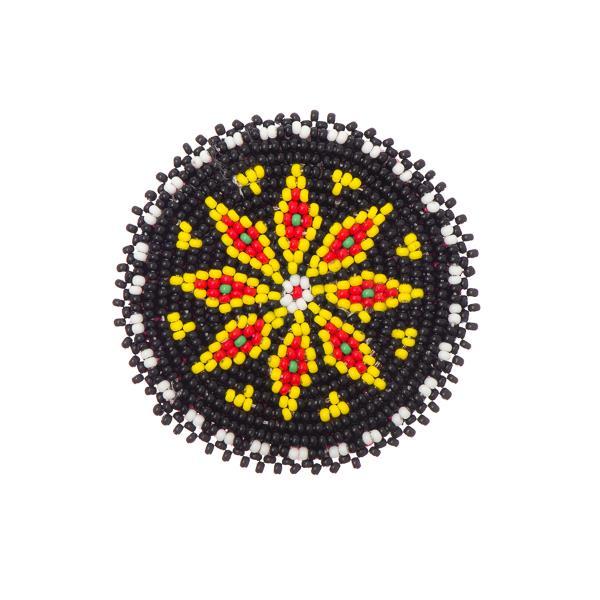 Beaded Rosettes
Beaded Rosettes
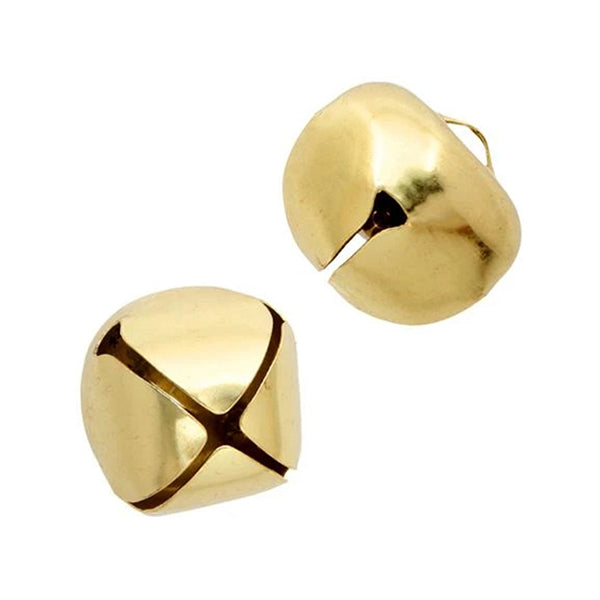 Bells
Bells
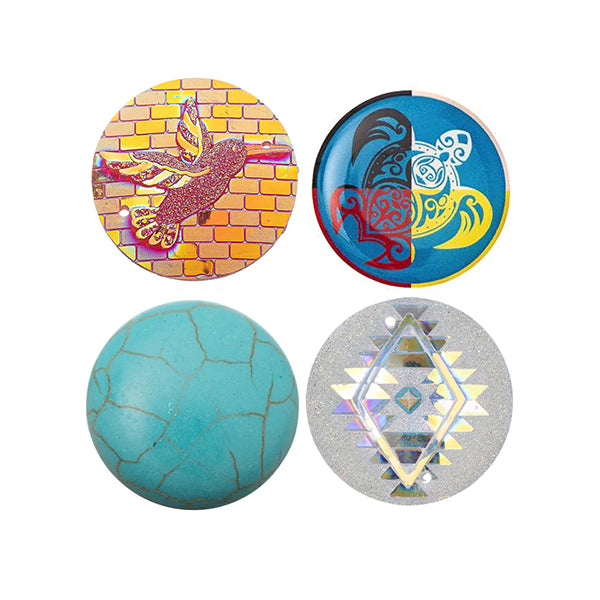 Cabochons
Cabochons
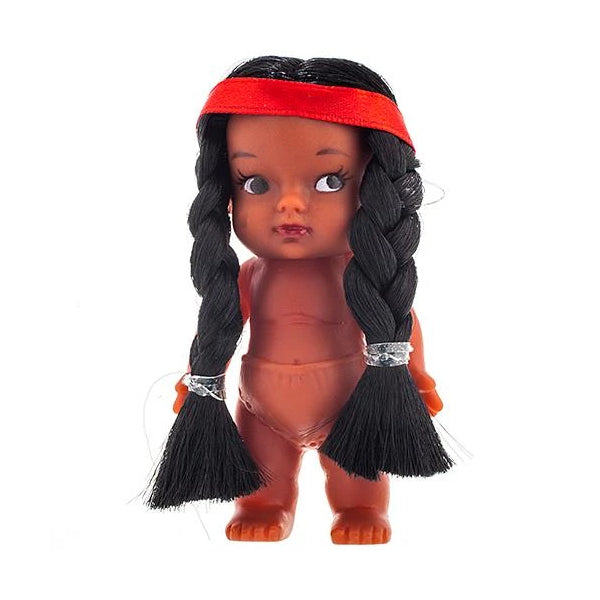 Dolls & Acc.
Dolls & Acc.
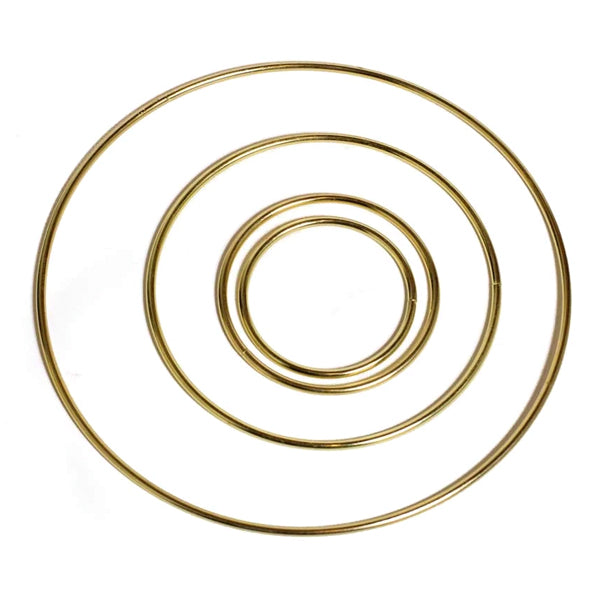 Dream Catcher Rings
Dream Catcher Rings
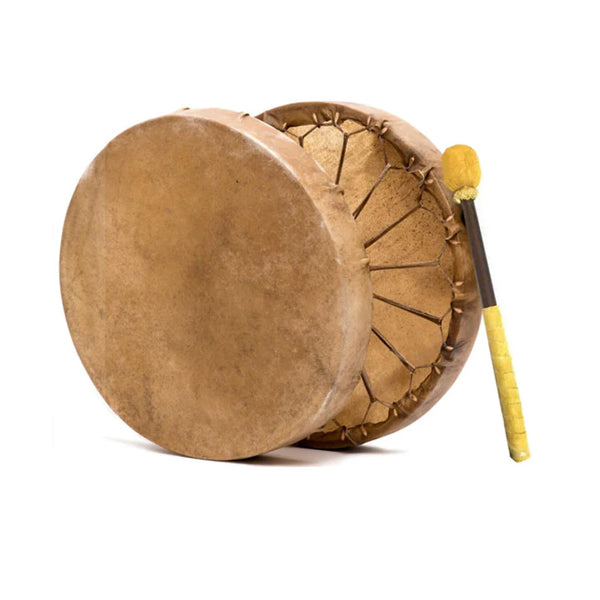 Drum Making
Drum Making
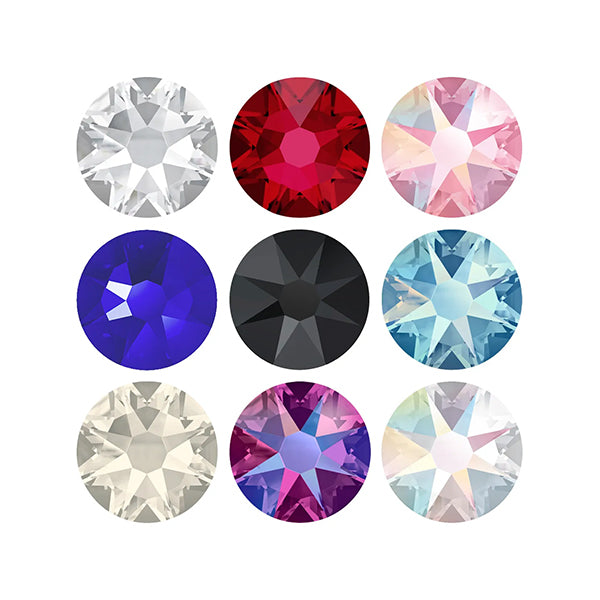 Flat Back Stones
Flat Back Stones
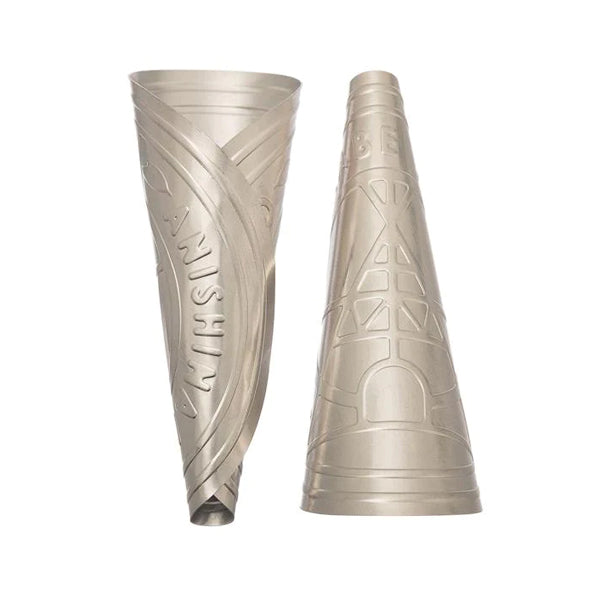 Jingle Cones
Jingle Cones
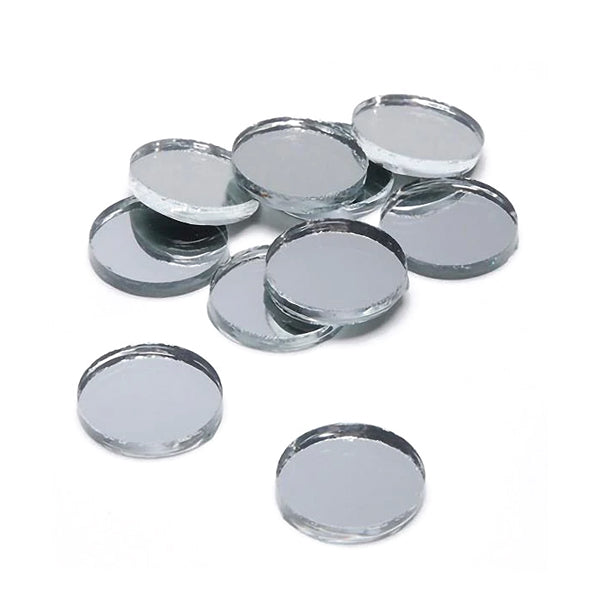 Mirrors
Mirrors
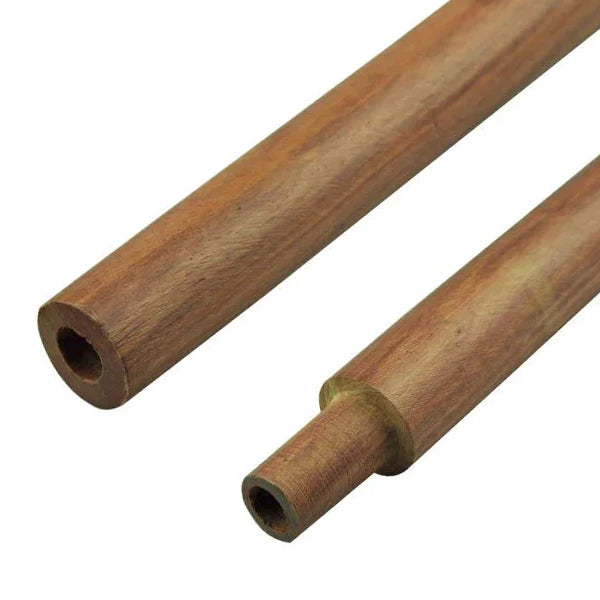 Pipe Stems
Pipe Stems
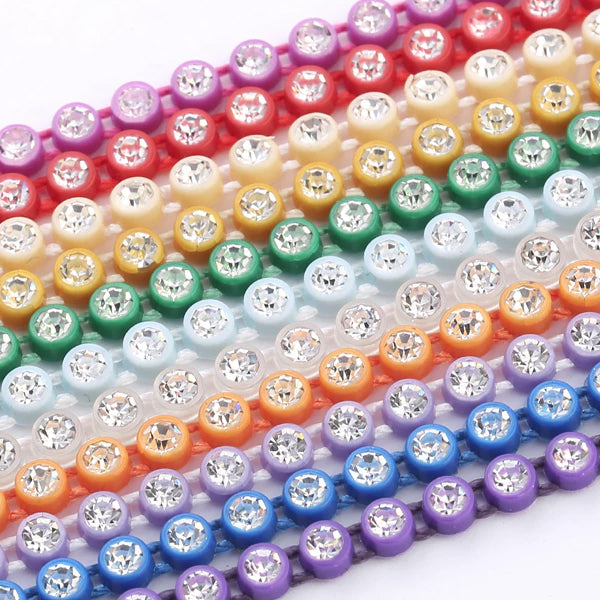 Rhinestone Banding
Rhinestone Banding
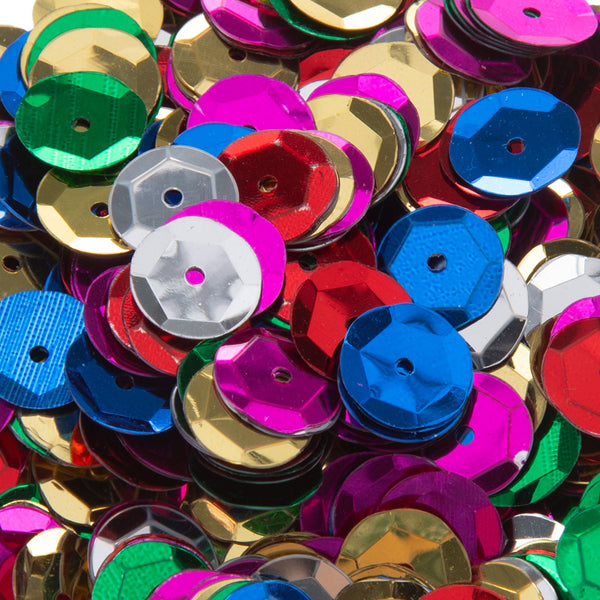 Sequins
Sequins
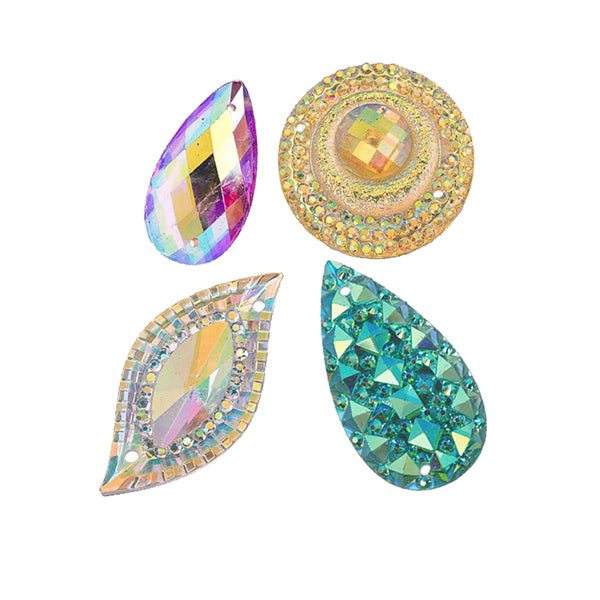 Sew On Stones
Sew On Stones
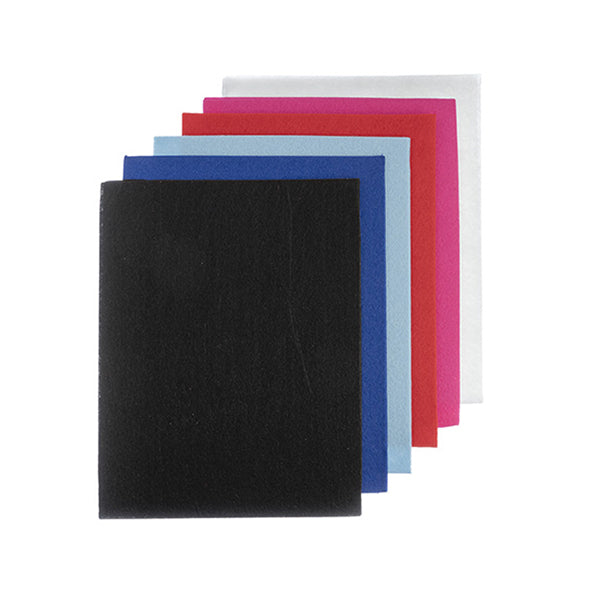 Beading Foundation
Beading Foundation
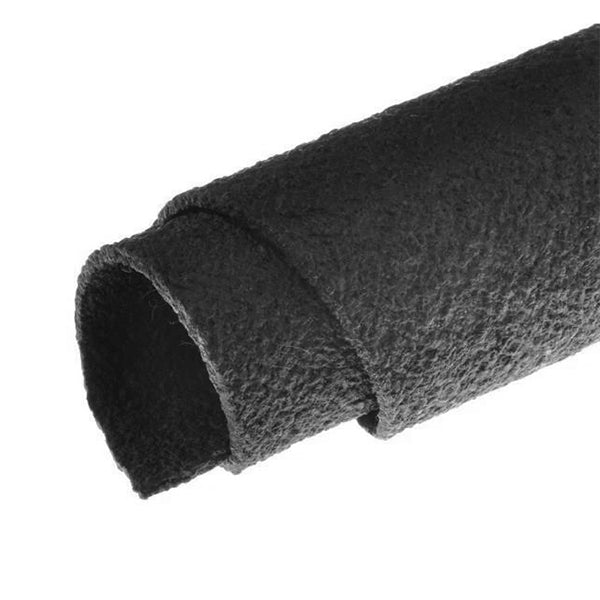 Crepe Soles
Crepe Soles
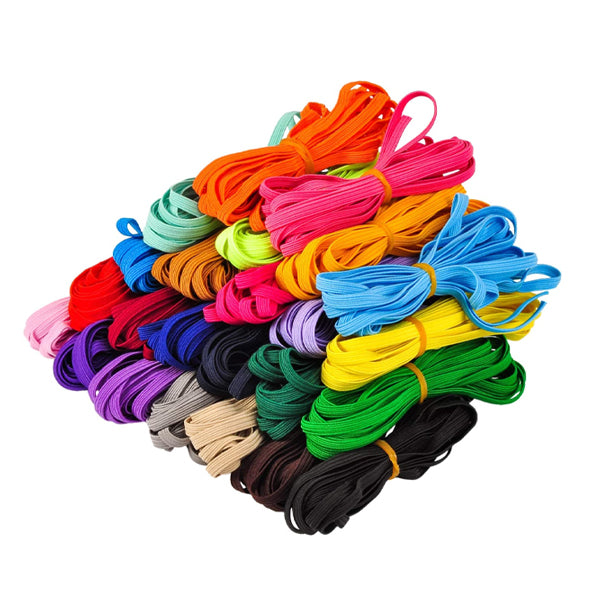 Elastic Cord
Elastic Cord
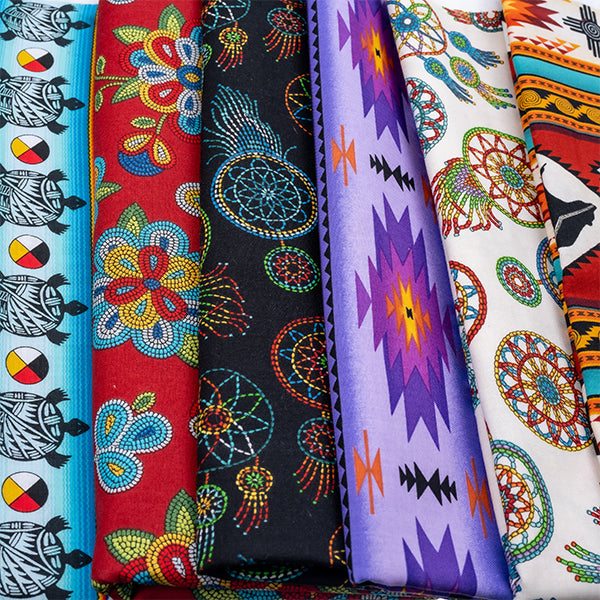 Fabric
Fabric
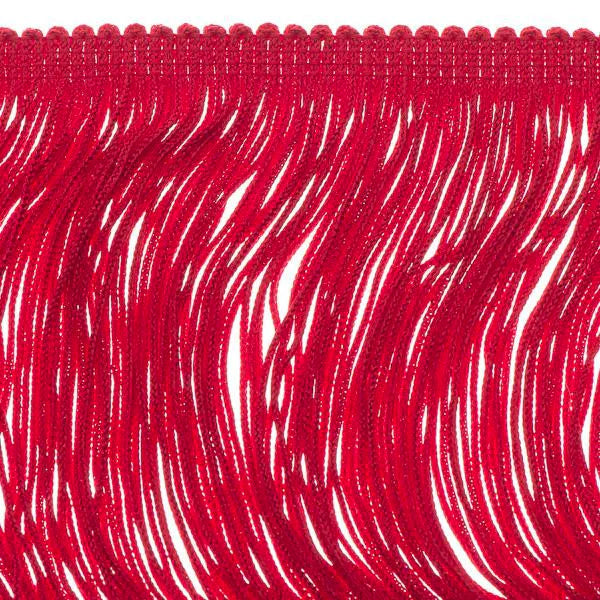 Fringe
Fringe
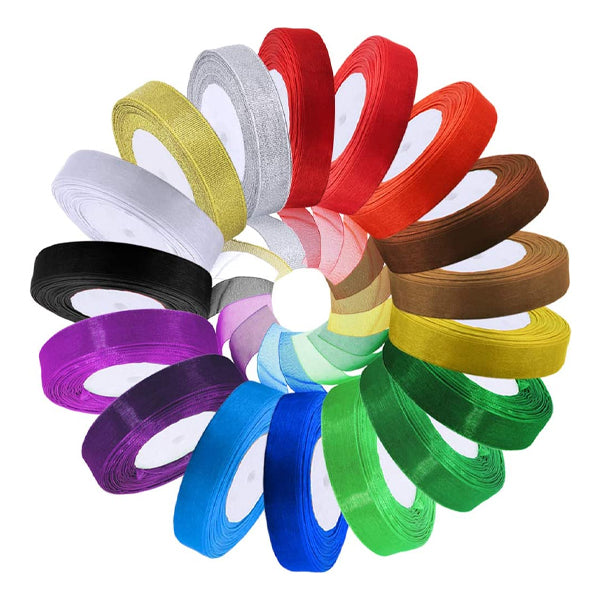 Ribbon
Ribbon
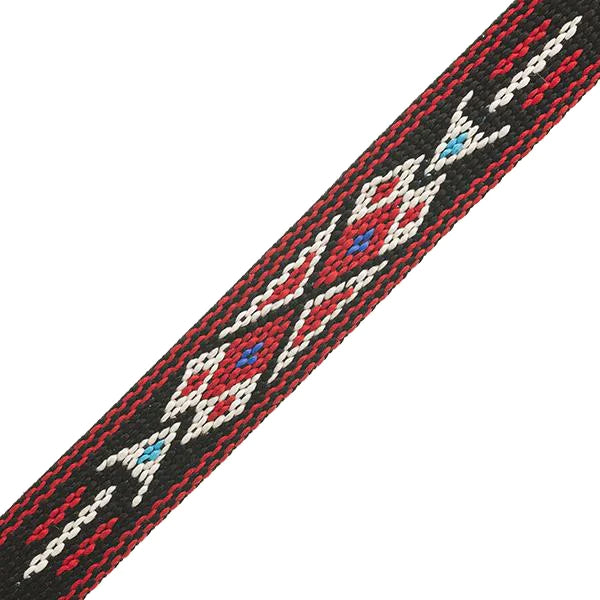 Trim
Trim
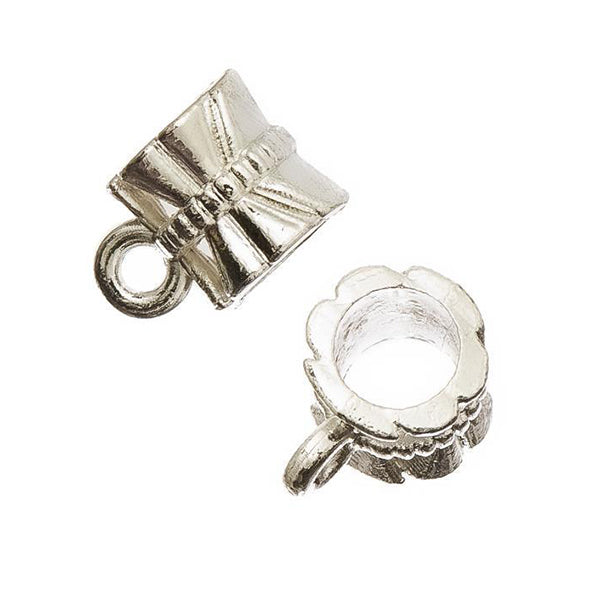 Bails
Bails
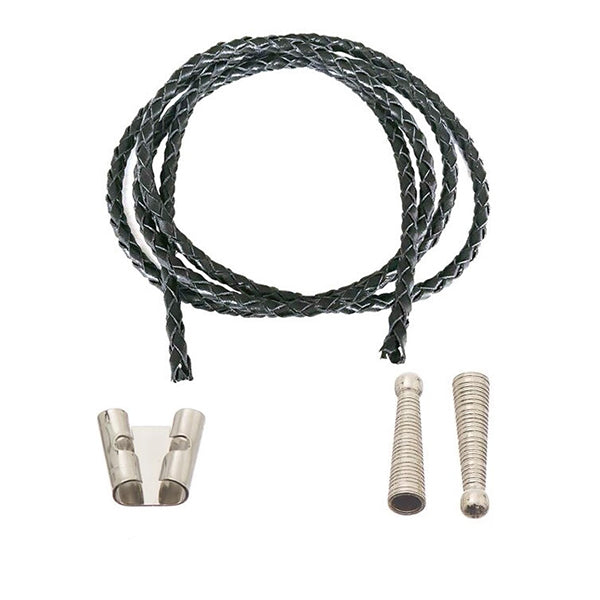 Bolo Tie Acc.
Bolo Tie Acc.
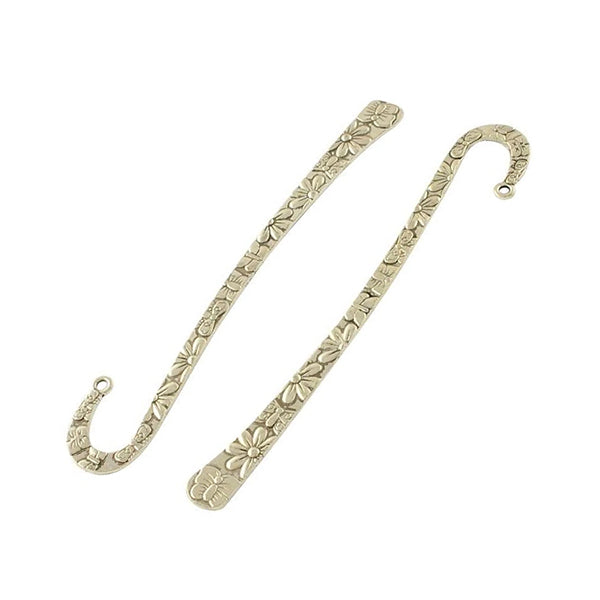 Bookmarks
Bookmarks
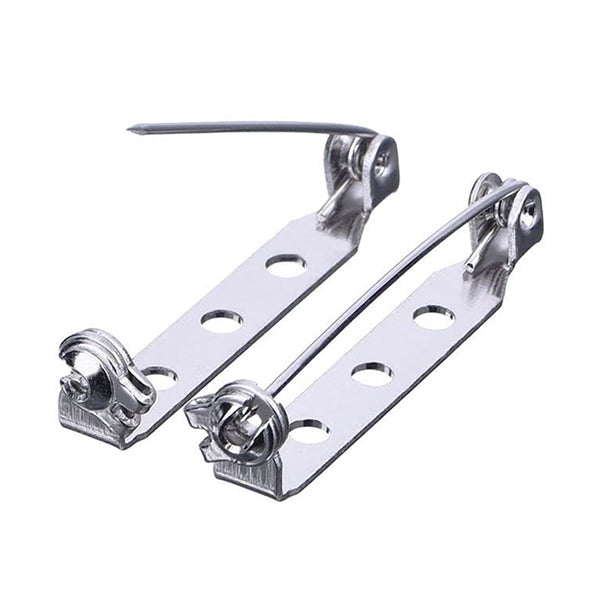 Brooch & Bar Pins
Brooch & Bar Pins
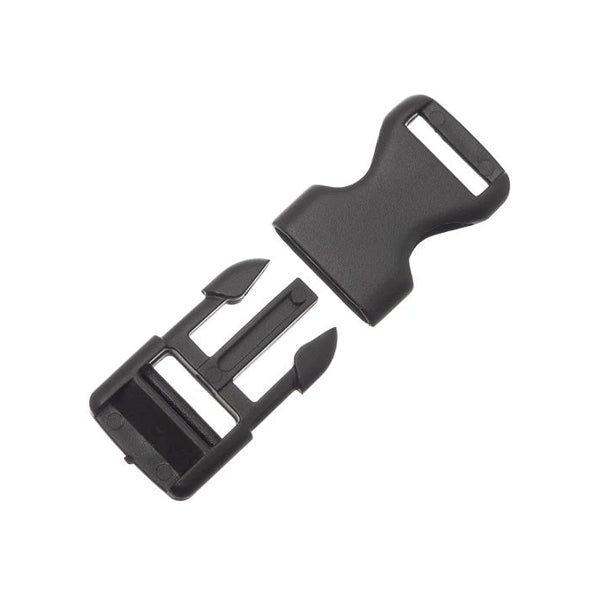 Buckles
Buckles
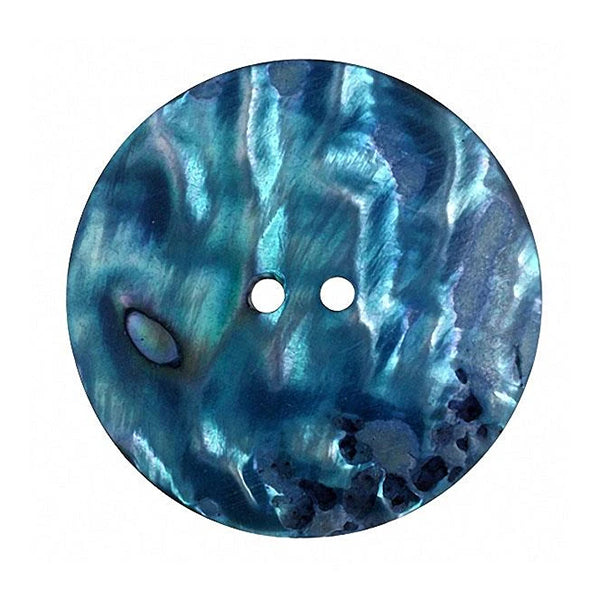 Buttons
Buttons
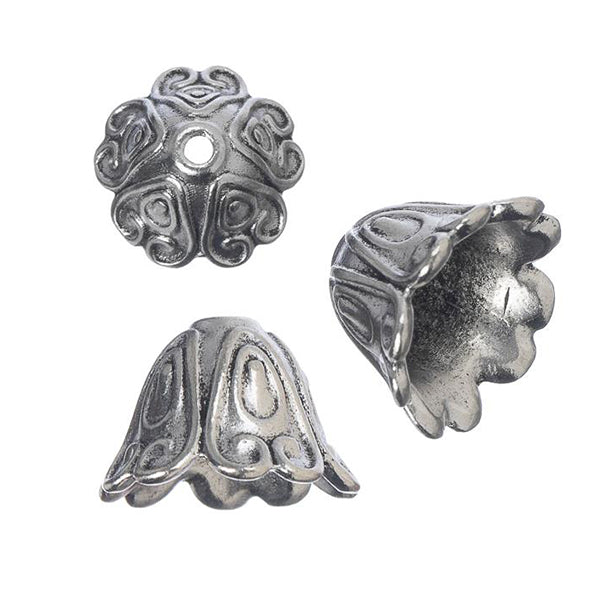 Caps & Cones
Caps & Cones
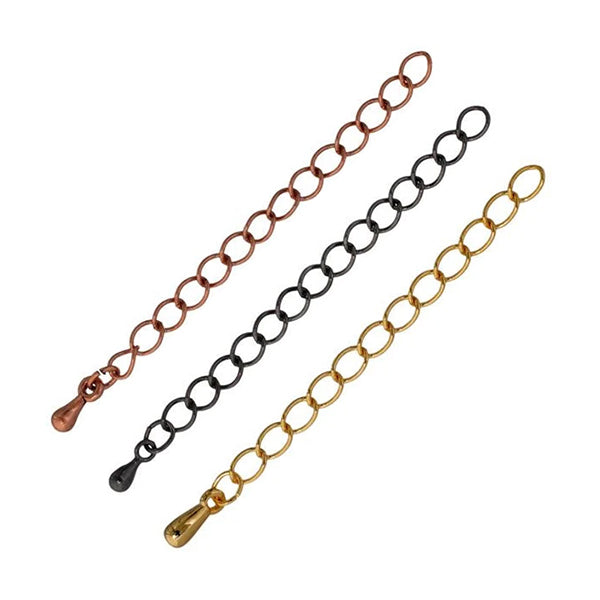 Chain Extenders
Chain Extenders
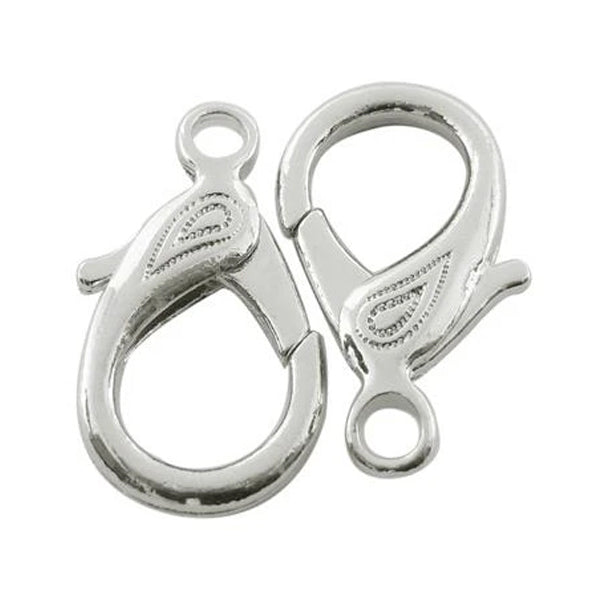 Clasps
Clasps
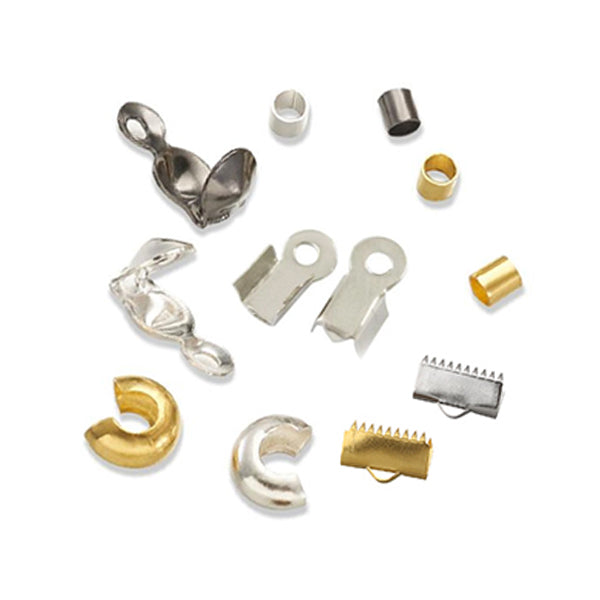 Crimps & Ends
Crimps & Ends
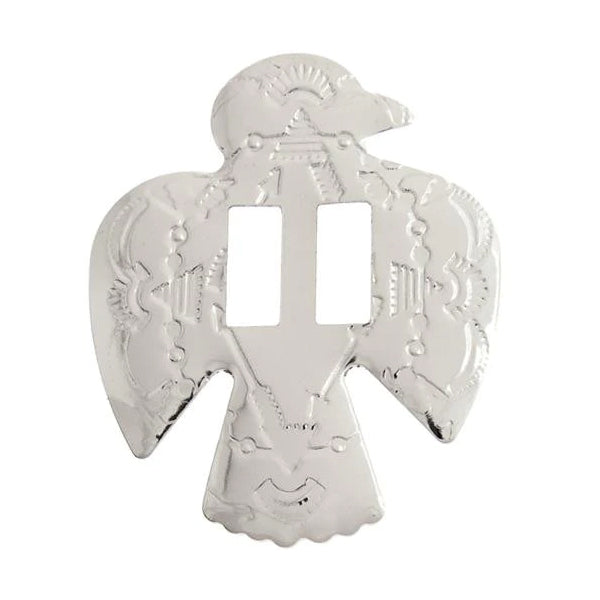 Conchos
Conchos
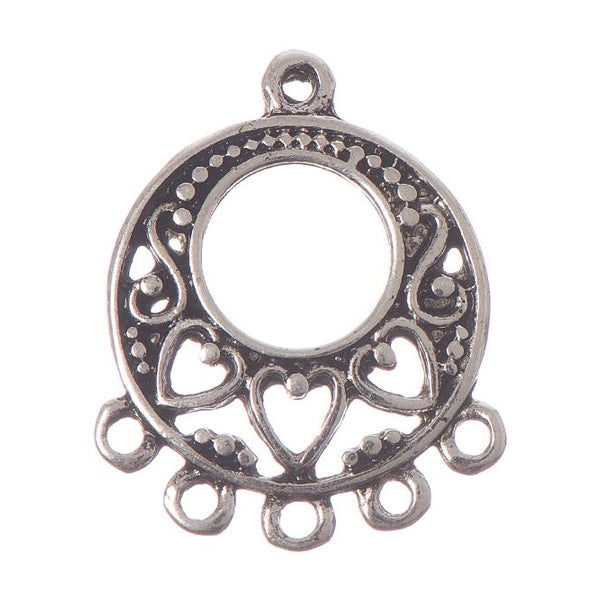 Connectors
Connectors
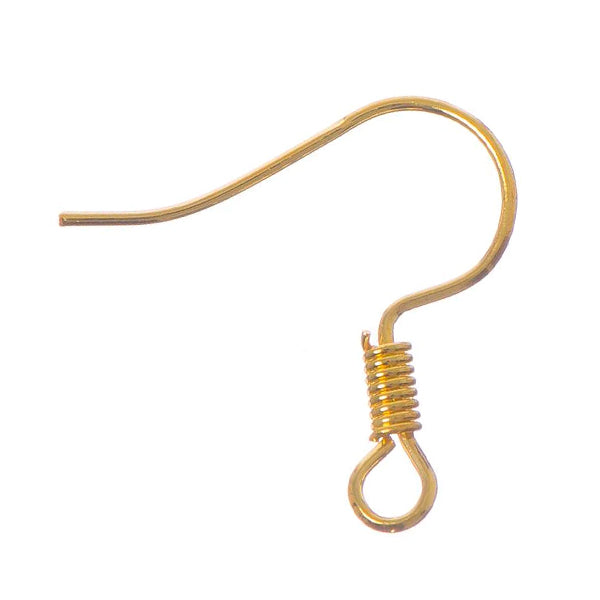 Earring Components
Earring Components
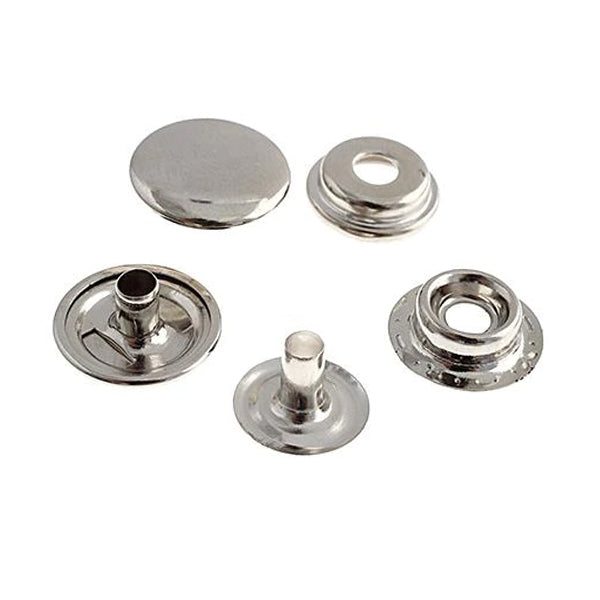 Eyelets & Snaps
Eyelets & Snaps
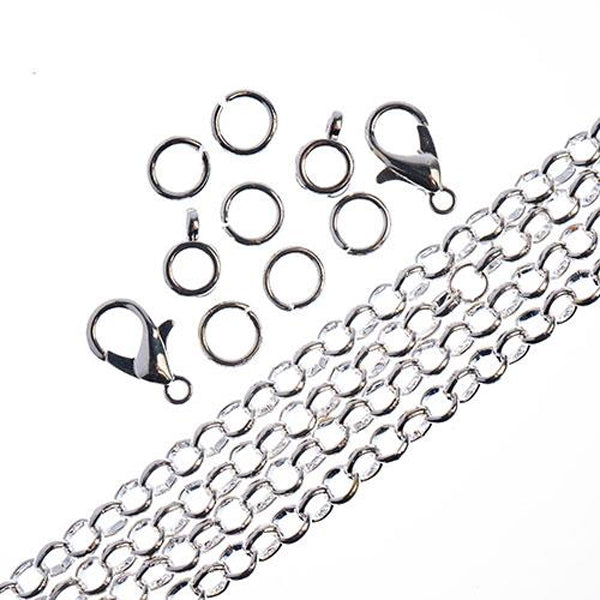 Findings Sets
Findings Sets
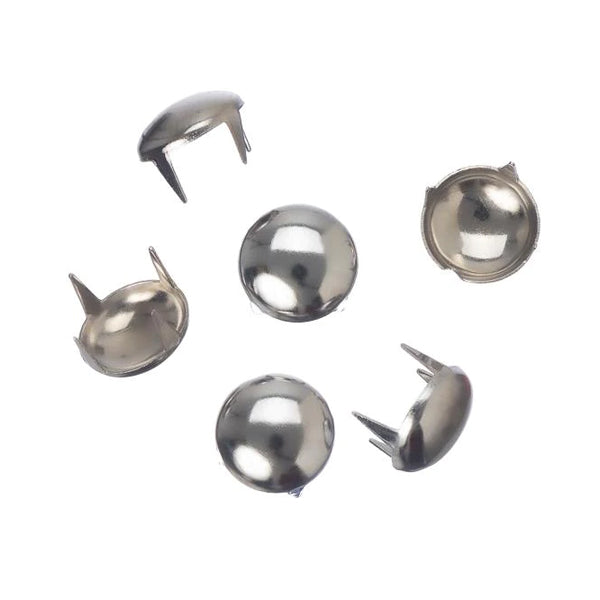 Garment Studs
Garment Studs
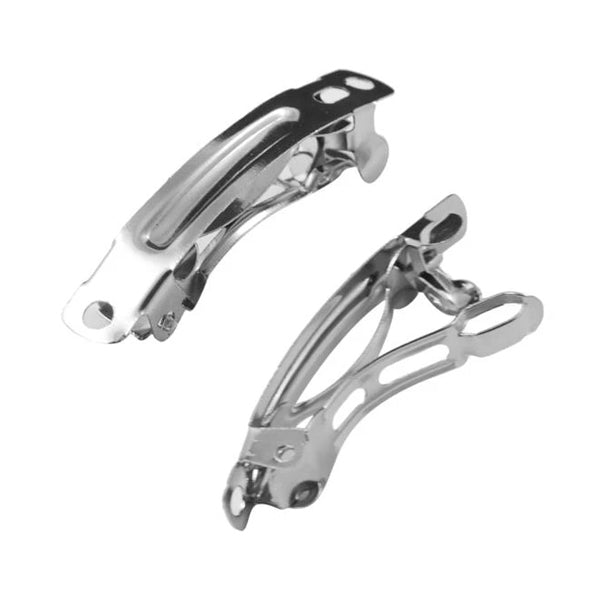 Hair Accessories
Hair Accessories
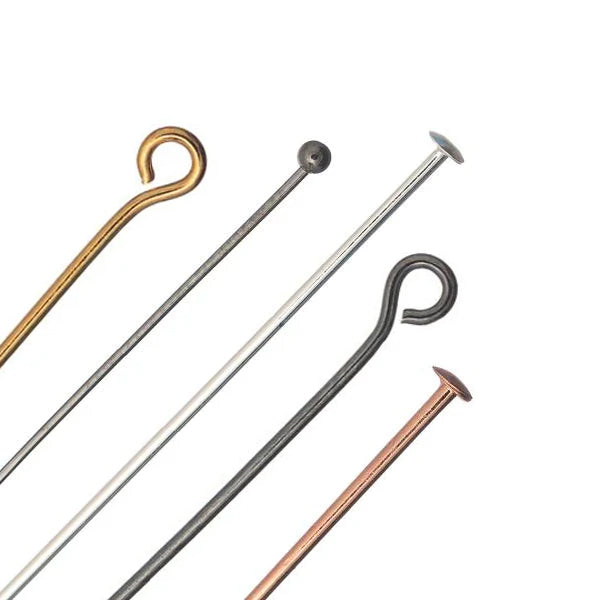 Head & Eye Pins
Head & Eye Pins
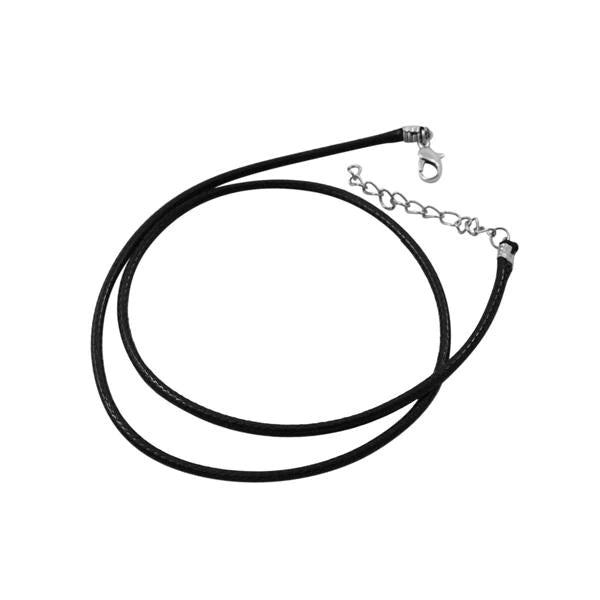 Jewelry Parts
Jewelry Parts
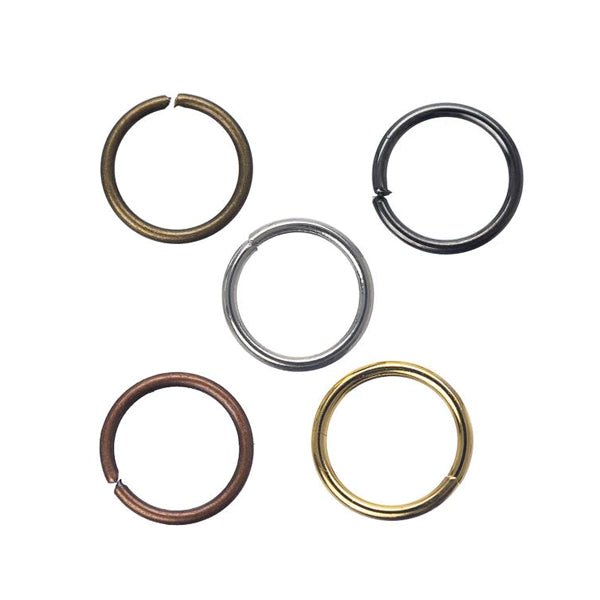 Jump & Split Rings
Jump & Split Rings
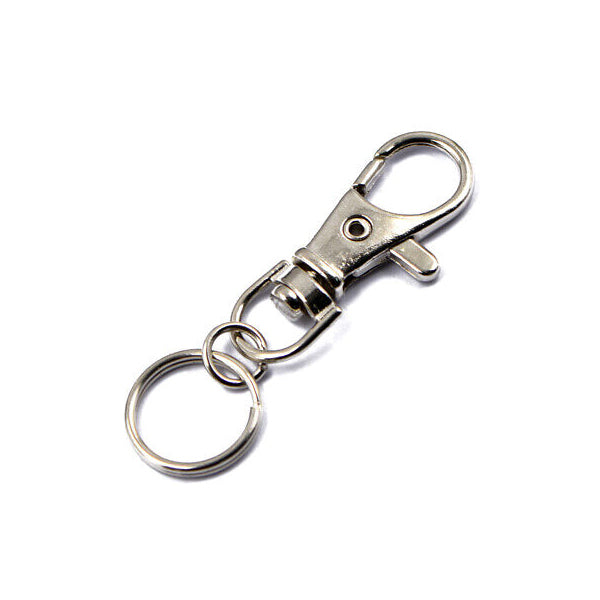 Key Chain Parts
Key Chain Parts
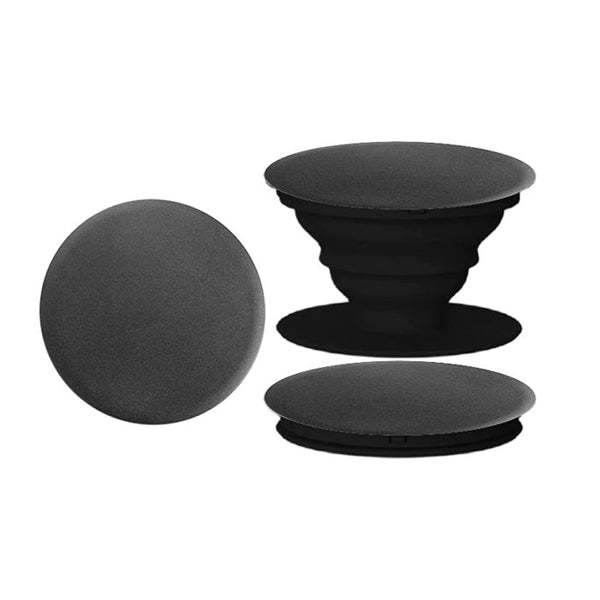 Mobile Phone Acc.
Mobile Phone Acc.
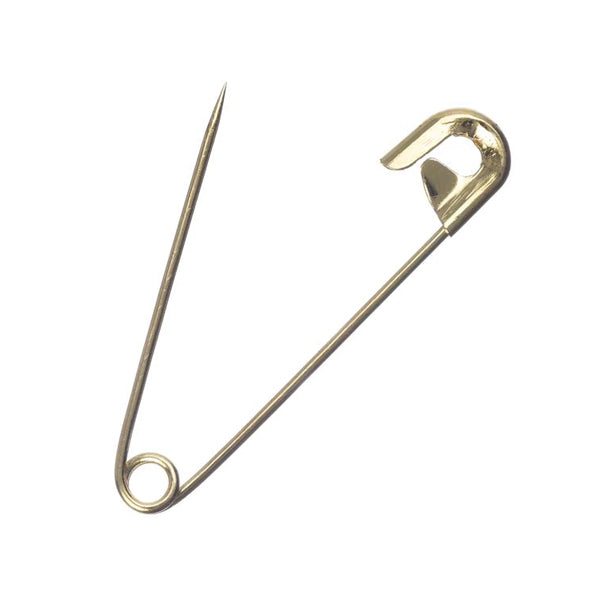 Safety Pins
Safety Pins
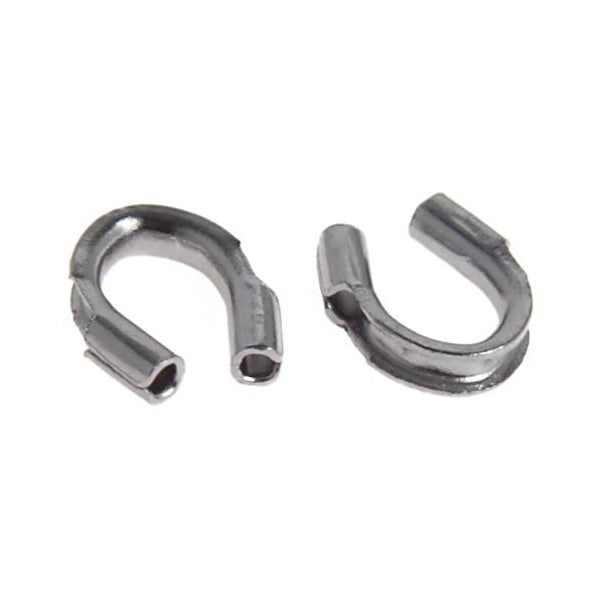 Wire Guards
Wire Guards
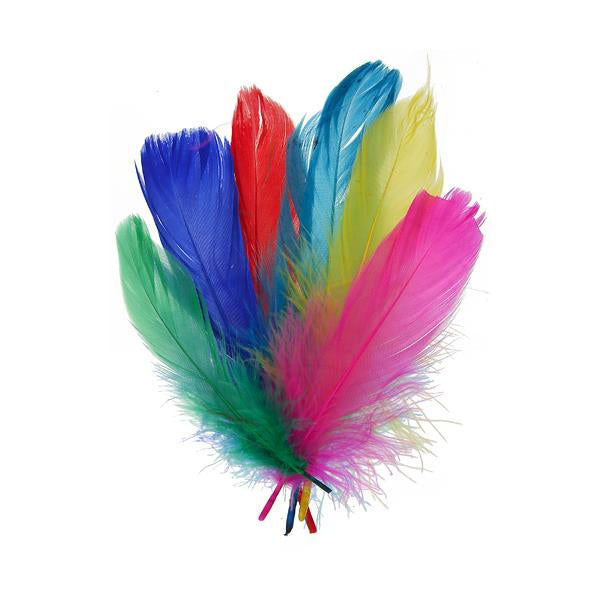 Feathers
Feathers
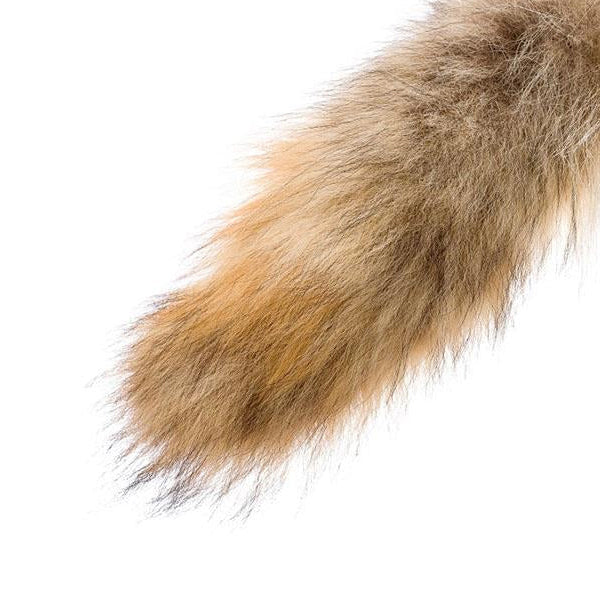 Furs & Animal Parts
Furs & Animal Parts
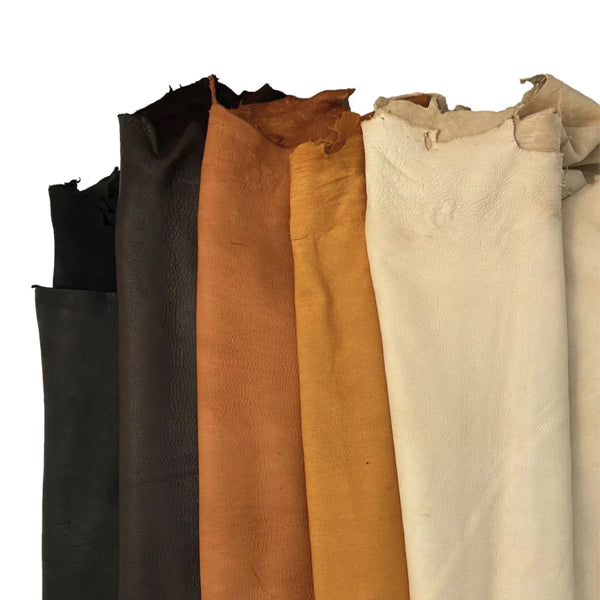 Leather & Rawhide
Leather & Rawhide
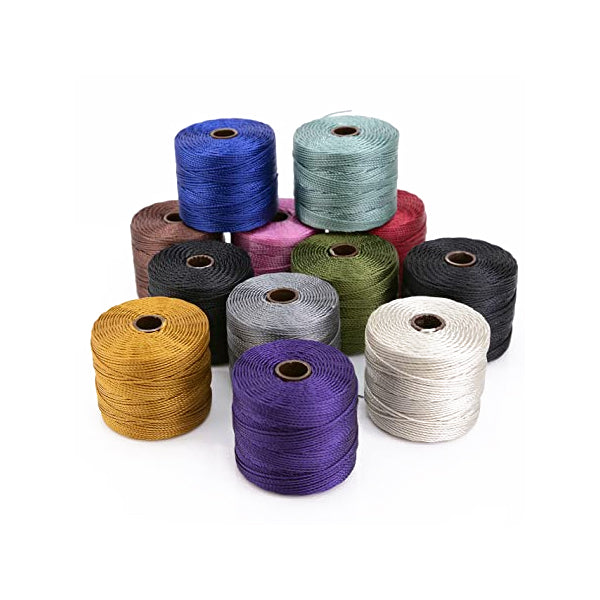 Cord
Cord
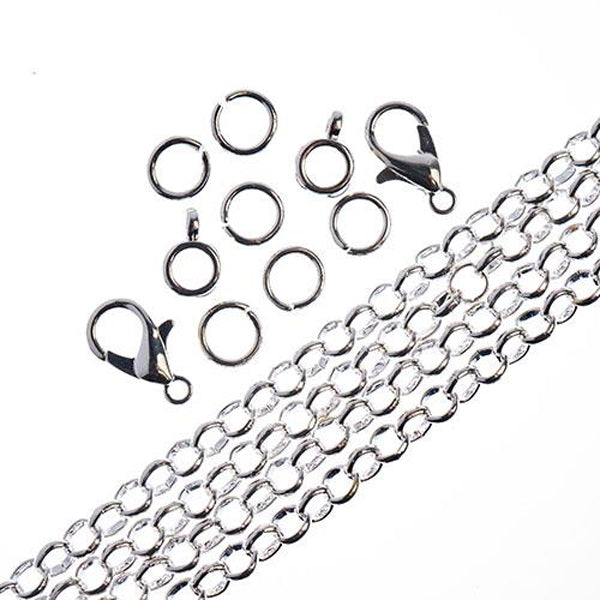 Chain
Chain
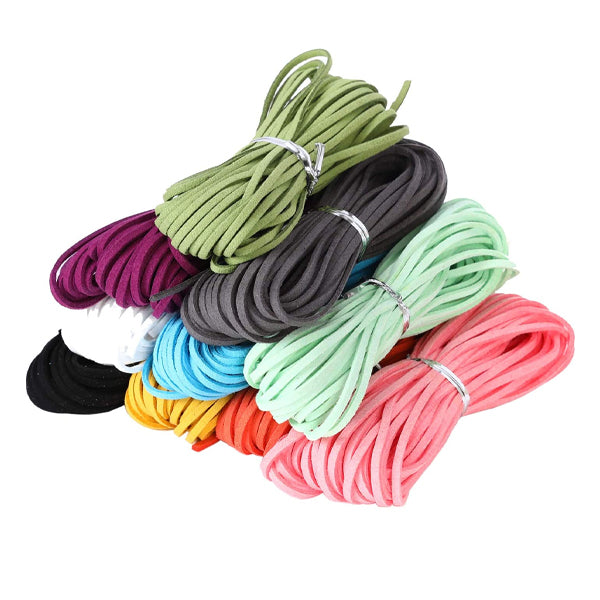 Leather & Suede Lace
Leather & Suede Lace
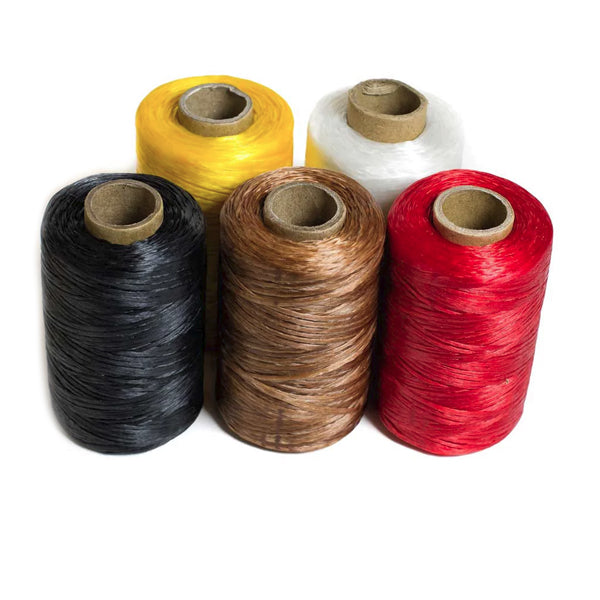 Sinew
Sinew
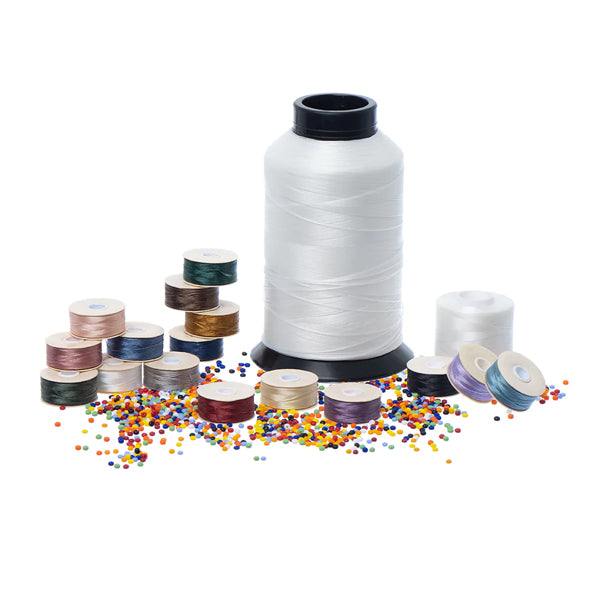 Thread
Thread
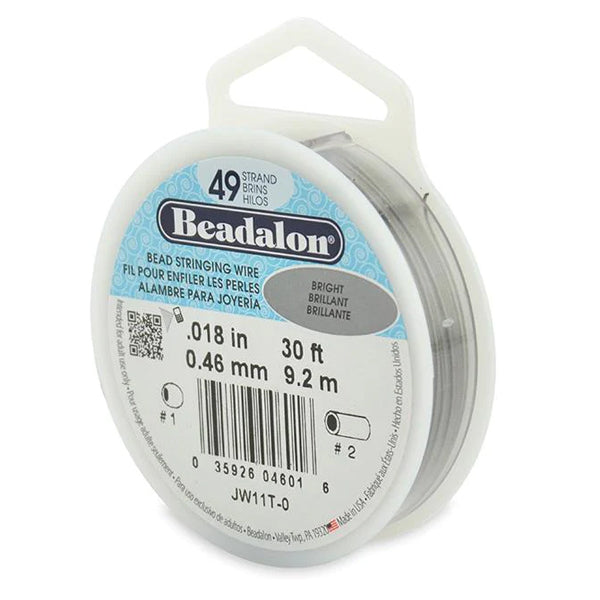 Jewelry Wire
Jewelry Wire
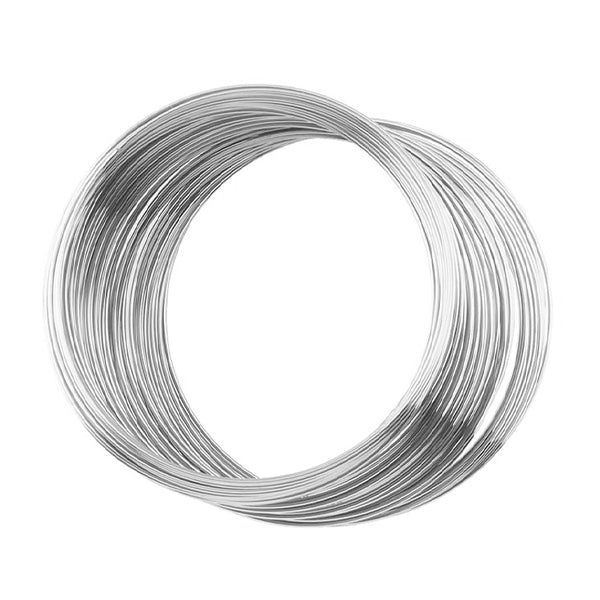 Memory Wire
Memory Wire
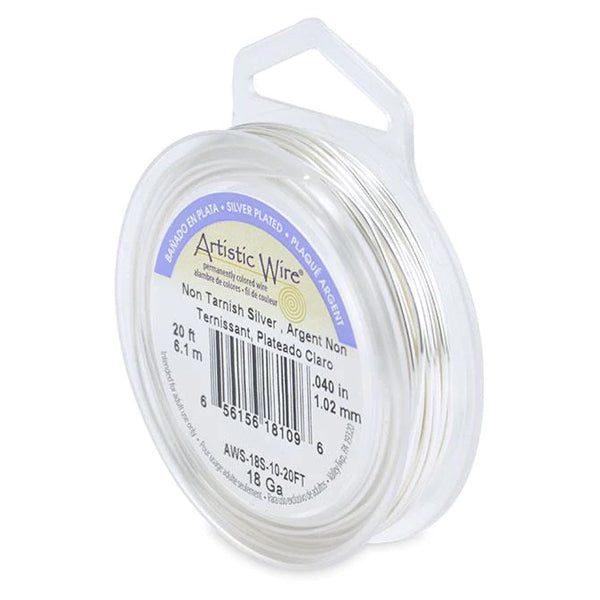 Shaping Wire
Shaping Wire
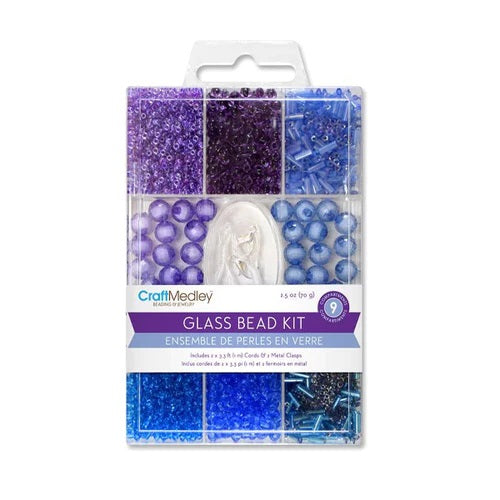 Bead & Craft Kits
Bead & Craft Kits
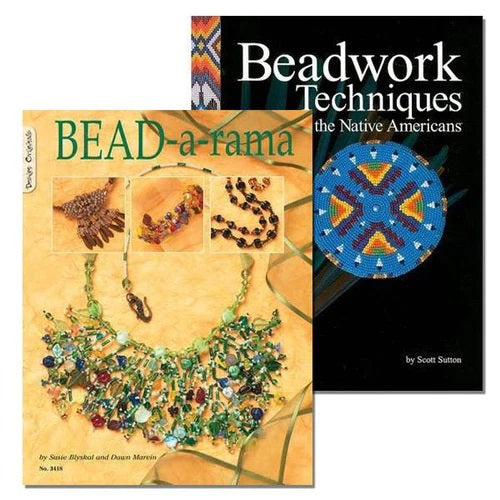 Books
Books
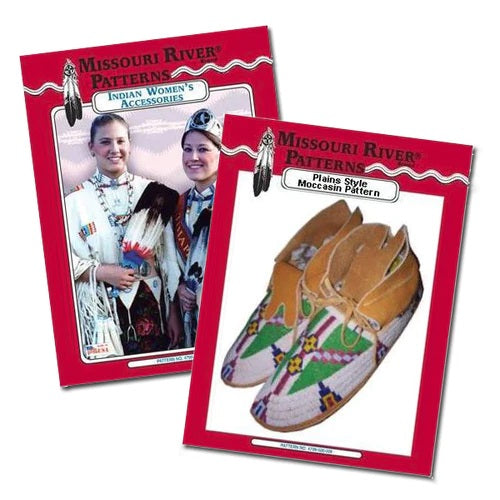 Patterns
Patterns
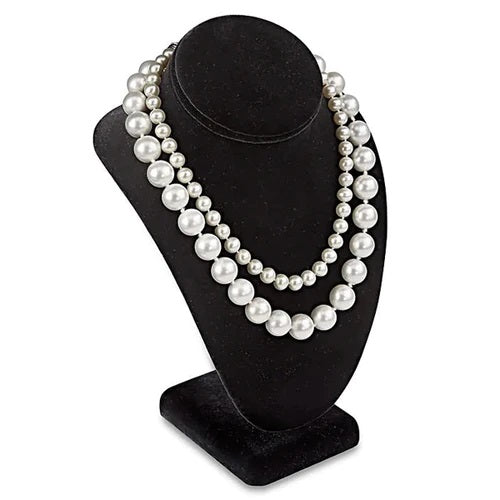 Displays
Displays
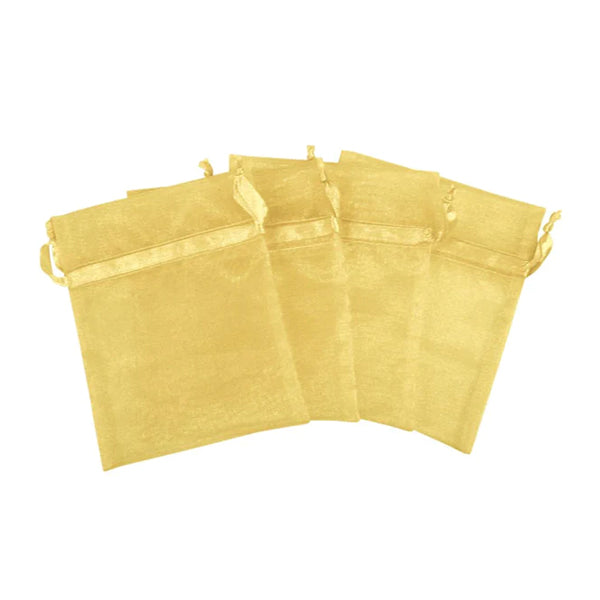 Gift Bags
Gift Bags
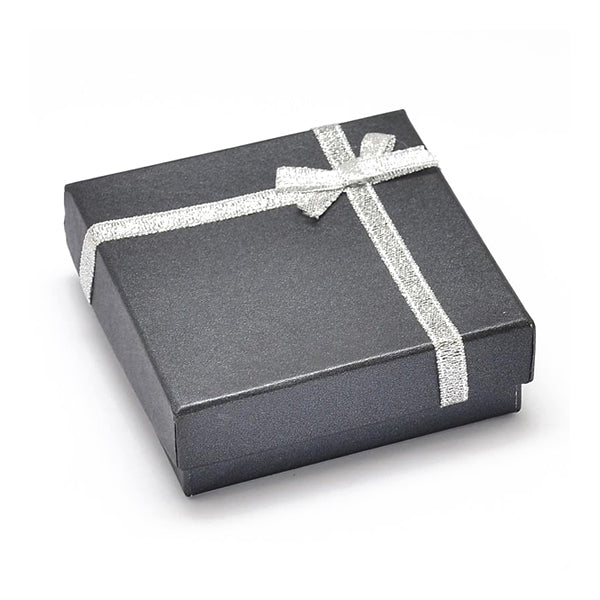 Gift Boxes
Gift Boxes
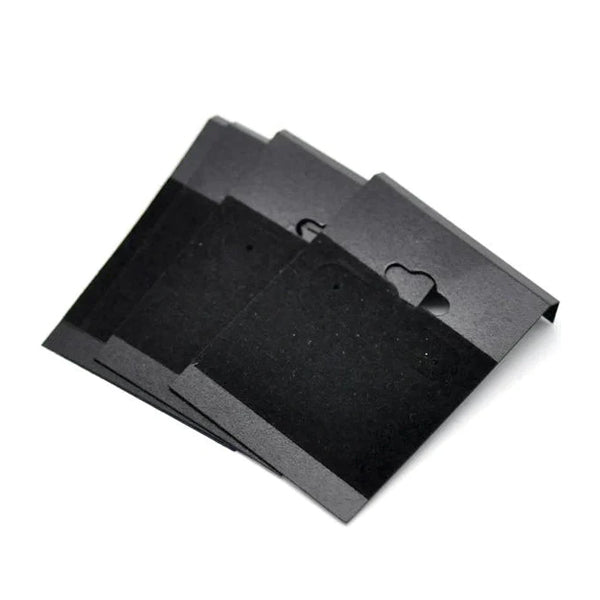 Jewelry Cards
Jewelry Cards
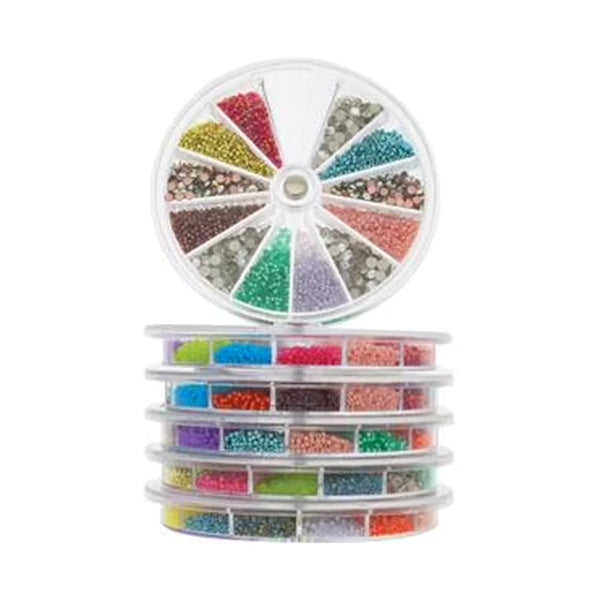 Organizers
Organizers
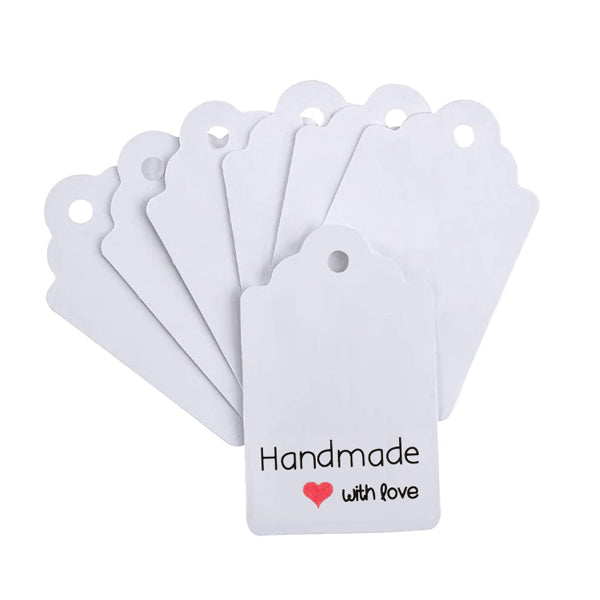 Tags, Labels & Stickers
Tags, Labels & Stickers
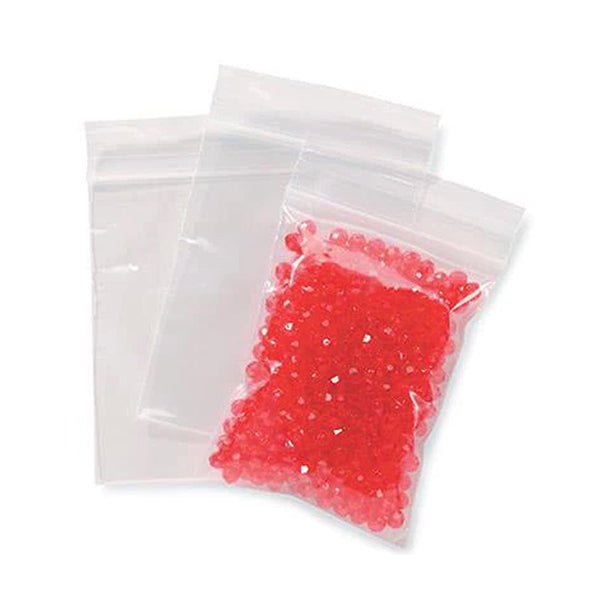 Zip Lock Bags
Zip Lock Bags
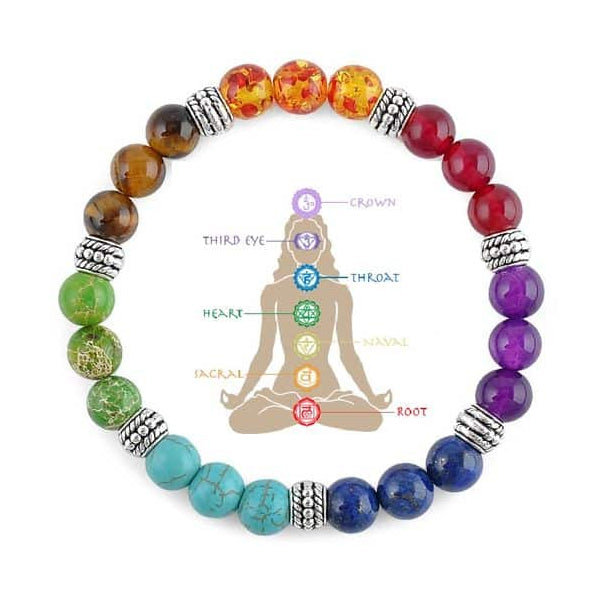 Chakra
Chakra
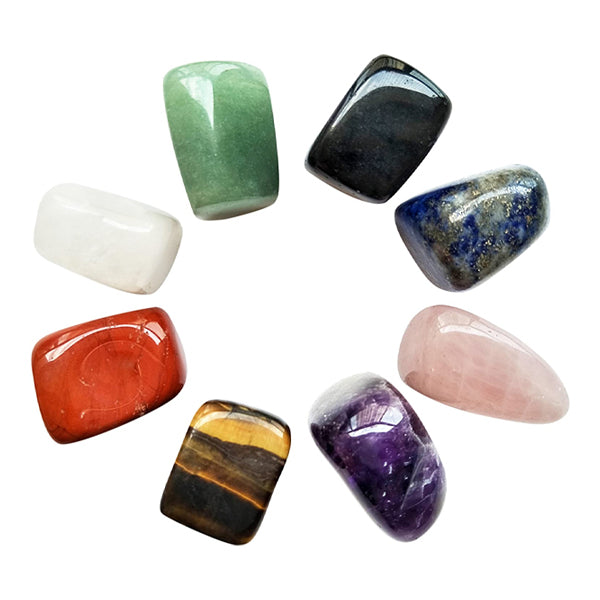 Healing Stones
Healing Stones
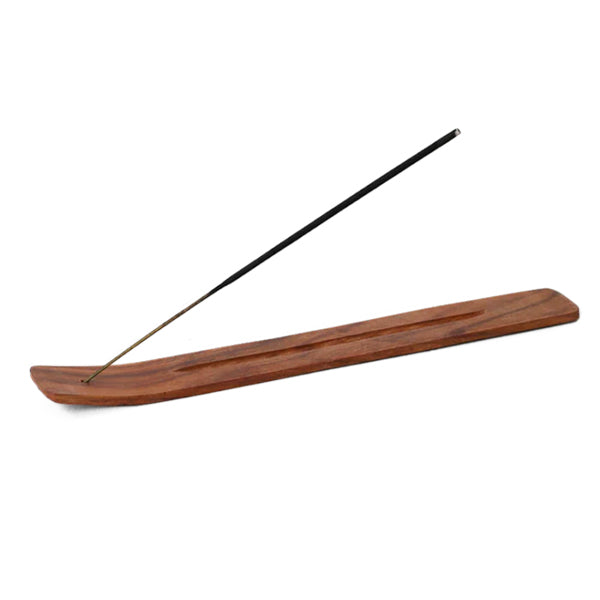 Incense & Holders
Incense & Holders
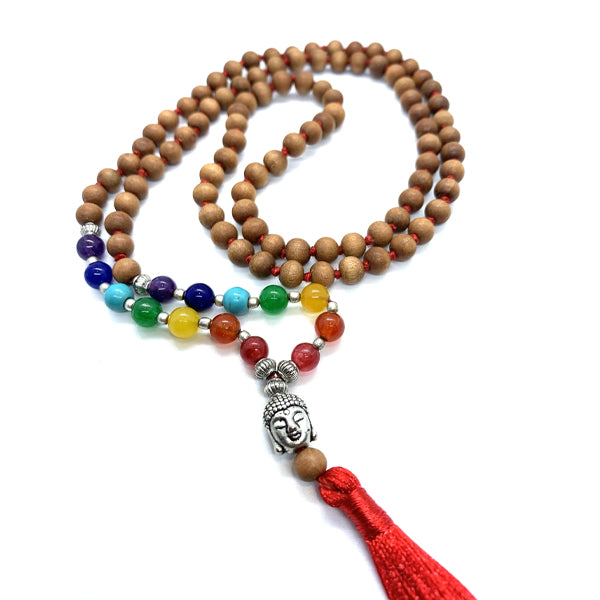 Mala Beads & Acc.
Mala Beads & Acc.
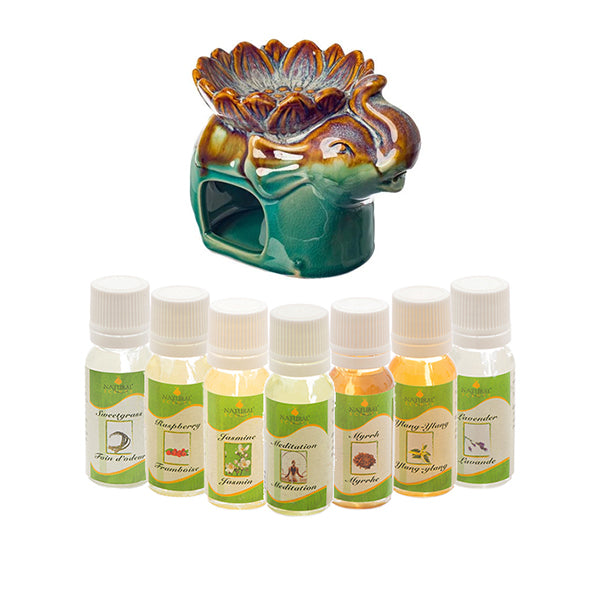 Oils & Burners
Oils & Burners
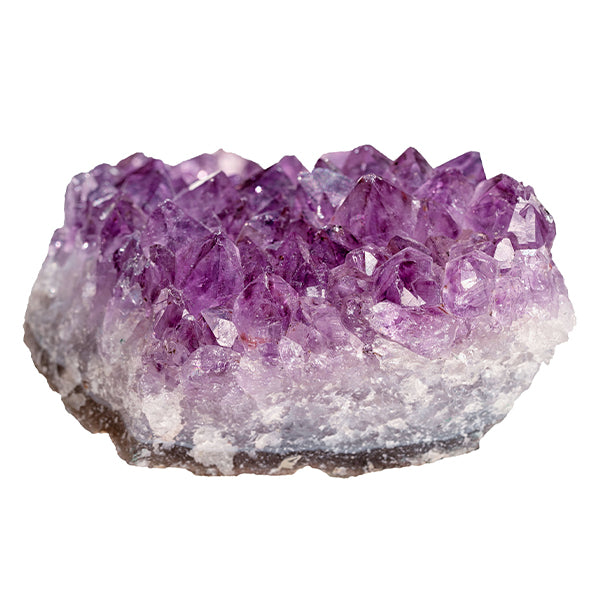 Rocks & Minerals
Rocks & Minerals
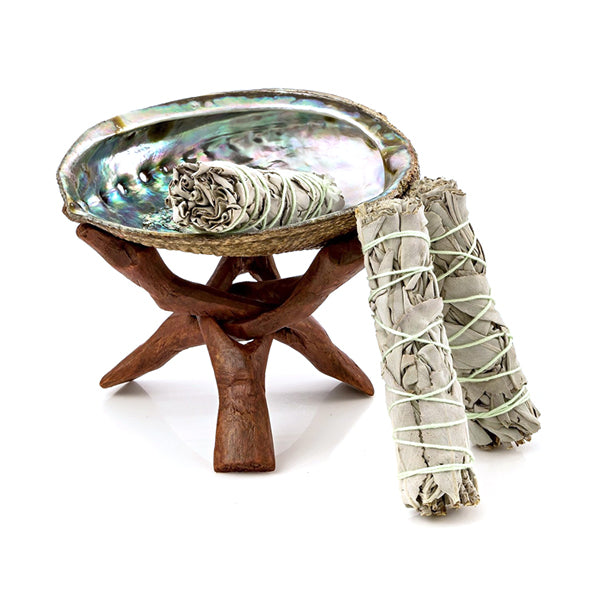 Smudging
Smudging






























































